© ROOT-NATION.com - Use of content is permitted with a backlink.
Today, I had the opportunity to take a look at the new additions to the ASUS Republic of Gamers family — the gaming mechanical keyboards ROG Strix Scope II and ROG Strix Scope II RX. These devices are quite intriguing. Even without taking the keyboards out of the boxes, it’s immediately apparent that they meet all modern requirements and standards for high-quality gaming keyboards. Factory-lubricated signature switches, thoughtful noise isolation, solid keycaps, and, of course, the distinctive ROG design. At first glance, it may seem like the keyboards are identical and only differ in switches. But that’s not entirely true. In fact, there are a few more differences. Today, I want to introduce you to these devices and tell you more about them. So let’s dive right into the review, starting with a brief overview of the technical specifications and comparison.
Specifications
From the technical specifications, the main differences are immediately noticeable: the switches and the dust/water resistance rating. There are also differences in size and weight, but they are so negligible that you can only notice them by studying and comparing the official specifications of the devices. Otherwise, everything else is the same.
- Format: 100%
- Connection: Wired USB 2.0 (Type-A to Type-C)
- USB Polling Rate: 1000 Hz
- Switches:
- ROG Strix Scope II: NX Snow, NX Storm. NX Snow (linear) – actuation distance 1.8mm; initial actuation force 40g; total actuation force 53g. NX Storm (clicky) – actuation distance 1.8mm; actuation force 65g.
- ROG Strix Scope II RX: RX Red, RX Blue. RX Red (linear) – actuation distance 1.5mm; initial actuation force 40g; total actuation force 55g; durability 100 million keystrokes. RX Blue (clicky) – actuation distance 1.5mm; actuation force 65g; durability 100 million keystrokes.
- Anti-Ghosting: Yes
- #KRO: N-Key Rollover
- Keycaps: Two-component PBT or ABS with UV coating
- Backlighting: RGB, compatible with ASUS Aura Sync
- Software: ASUS Armoury Crate
- Dimensions: 436×129×37 mm (ROG Strix Scope II); 436×129×36 mm (ROG Strix Scope II RX)
- Weight: 839 g (ROG Strix Scope II); 836 g (ROG Strix Scope II RX)
- Cable Length: 2 m
- Protection: Dust, water (IP57) for the ROG Strix Scope II RX
- Additional Features: Lubricated switches, sound-absorbing foam, multifunctional control elements, hotkeys for streamers, built-in memory, on-the-fly macro recording, three tilt angles
- Package Contents: Keyboard, wrist rest, alternative spacebar, detachable USB-A to USB-C cable, ROG stickers, quick start guide, warranty booklet.
Positioning and price
Most of the ROG lineup is positioned as high-end gaming devices. If we consider the Strix Scope II and Strix Scope II RX strictly within the ROG segment, then they can be considered as some of the more affordable keyboards in this lineup. However, when comparing and considering keyboards in the market overall, they fall into the mid-range price segment.
In the official store, the price of ROG Strix Scope II is $119.99 (₴4587 / €108).
In the official ASUS store for Ukraine, the price of the keyboard is $157 / €143. By the way, in the same official store for America, this keyboard is slightly cheaper at $139.99 (€127).
Package Сontents
The keyboards come in branded boxes with a characteristic design that is recognizable to ROG devices. The layout is the same. From the information on the front side, you can immediately find out what kind of candles are in the keyboard, that they are lubricated, and what kind of keycap material is used.
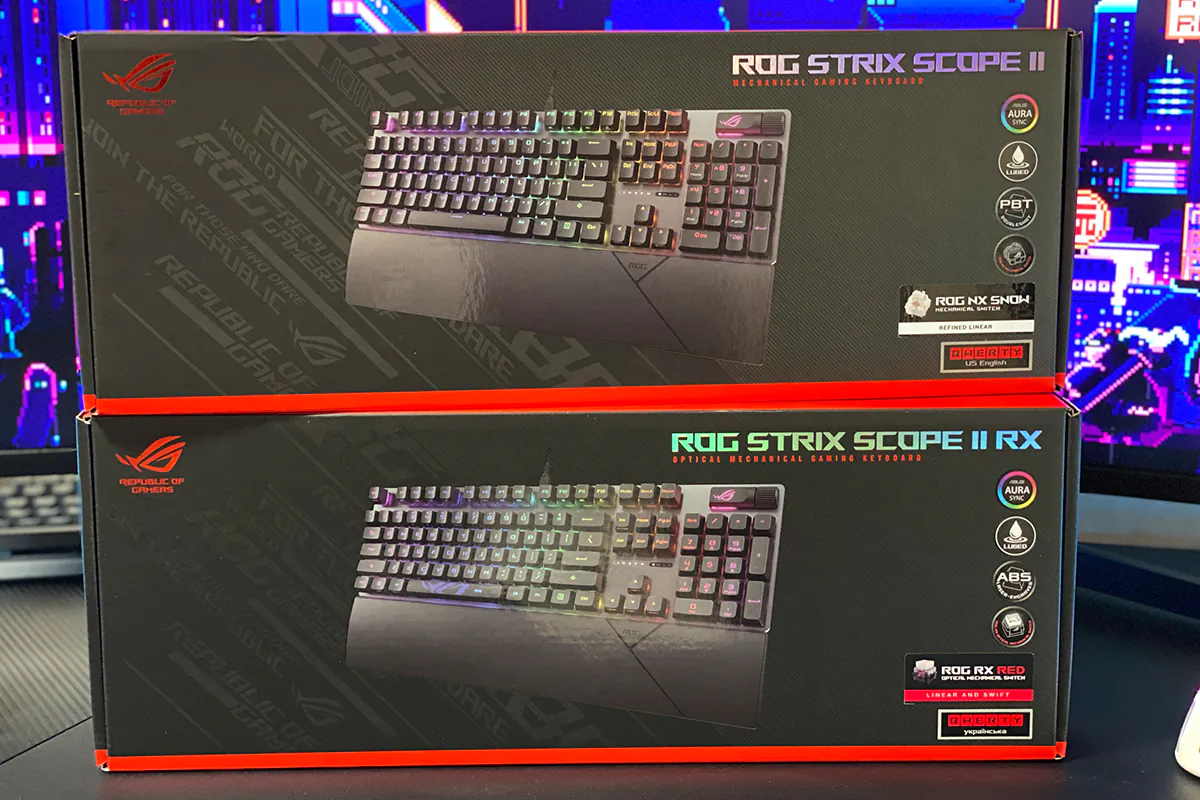
The keyboards are neatly packaged in soft fabric with the ROG logo in the boxes.
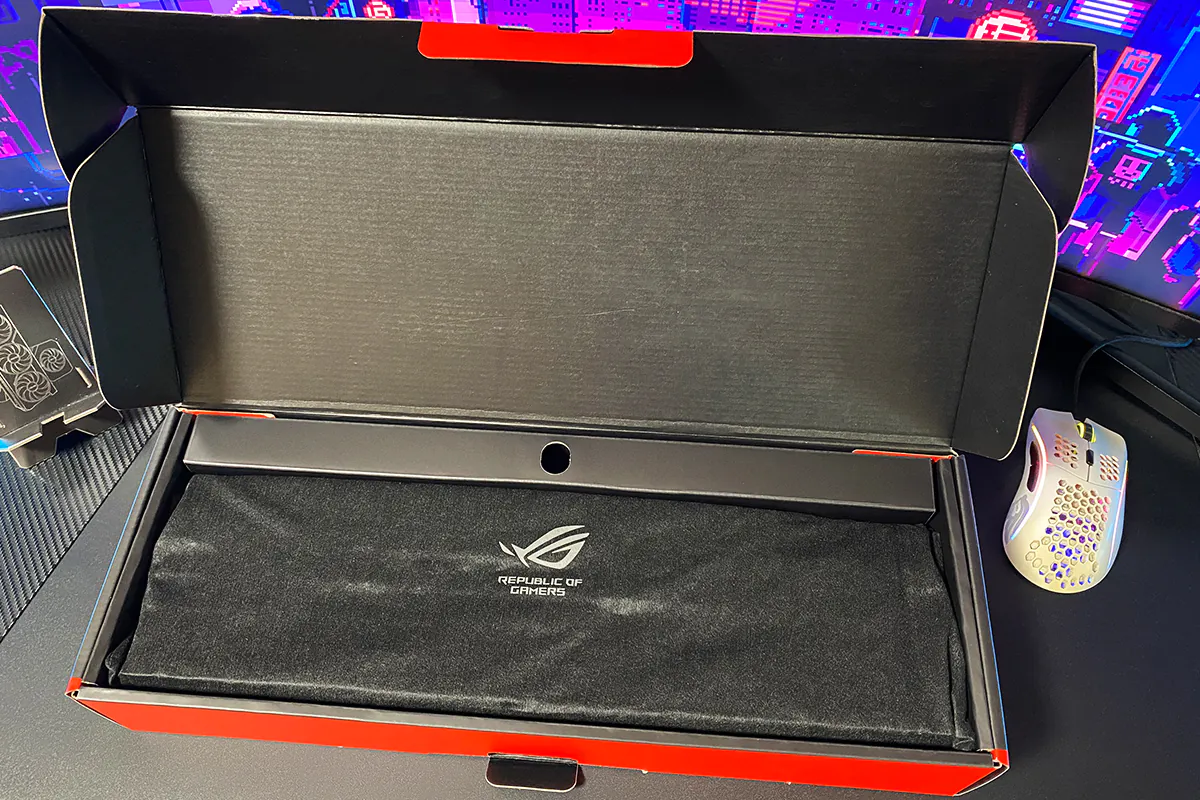
The contents of the keyboards are the same:
– Keyboard
– Wrist rest
– Alternate space bar
– Detachable USB-A to USB-C cable
– ROG stickers
– Quick start guide
– Warranty booklet
A solid standard package indeed. But it feels like something is missing, doesn’t it? Yes, a keycap puller. Nowadays, almost all keyboard manufacturers include a keycap puller in the package. Why ASUS didn’t include one is a mystery. Especially considering that they included an alternate space bar. Speaking of which, the alternate space bar is pretty cool — stylized, with the ROG logo. Once you replace the standard one with it and turn on the backlighting, you won’t want to switch back. The only thing is, it’s made of ABS, even for the ROG Strix Scope II, which comes with PBT keycaps. But it looks really cool and is well-made, so I don’t consider this to be a significant issue.
The wrist rest is made of matte faux leather. It attaches to the keyboard using magnets. It’s pleasant to the touch, stylish, and comfortable.
The detachable cable is 2 meters long. It’s not too thick or too thin, just optimal. It bends without any issues and retains its shape. There’s a branded Velcro strap on the cable that allows you to tidy up any excess cable length.
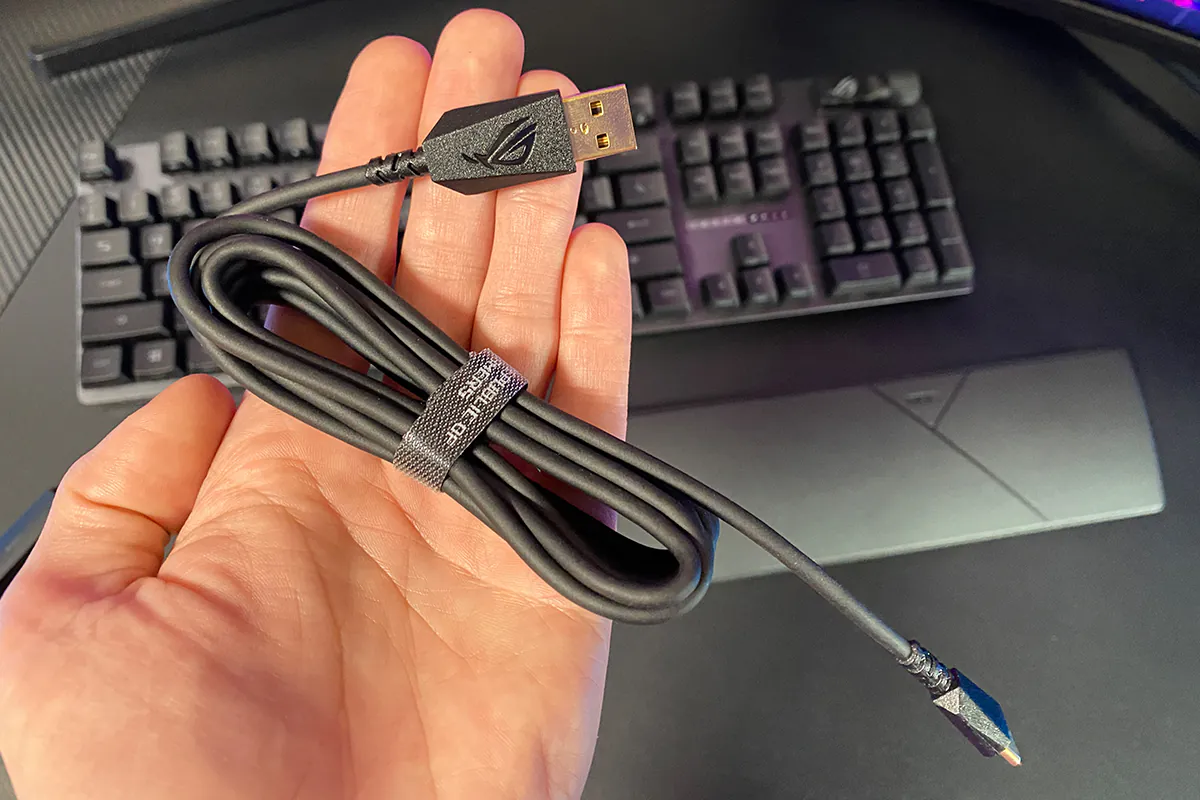
Design, ergonomics, build quality
The design of the keyboard features a classic skeleton structure. The dimensions are standard: 436×129×37 mm. The edges of the case are straight. The available color option is only black. Externally, the keyboards do not differ in any way.
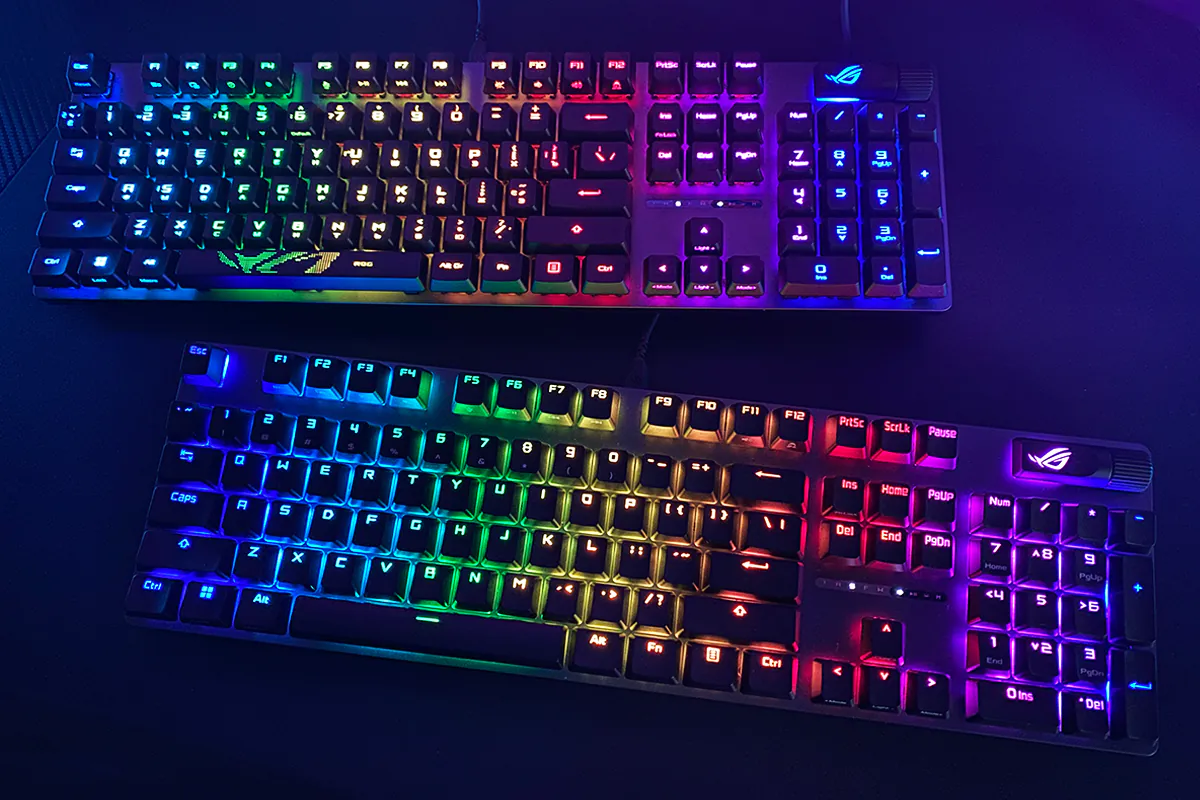 On the front side, we see the standard ANSI layout: long shifts, a single-row Enter key, and a slightly elongated backslash. The key sizes, spacing between them, arrow keys, and numpad are all standard, as everyone has long been accustomed to. The only distinctive feature is the multifunctional key with a wheel in the top right corner and its indication above the arrow keys.
On the front side, we see the standard ANSI layout: long shifts, a single-row Enter key, and a slightly elongated backslash. The key sizes, spacing between them, arrow keys, and numpad are all standard, as everyone has long been accustomed to. The only distinctive feature is the multifunctional key with a wheel in the top right corner and its indication above the arrow keys.
With the multifunctional key, you can adjust the volume, control multimedia, customize the backlighting, or assign your own function using the proprietary Armoury Crate application.
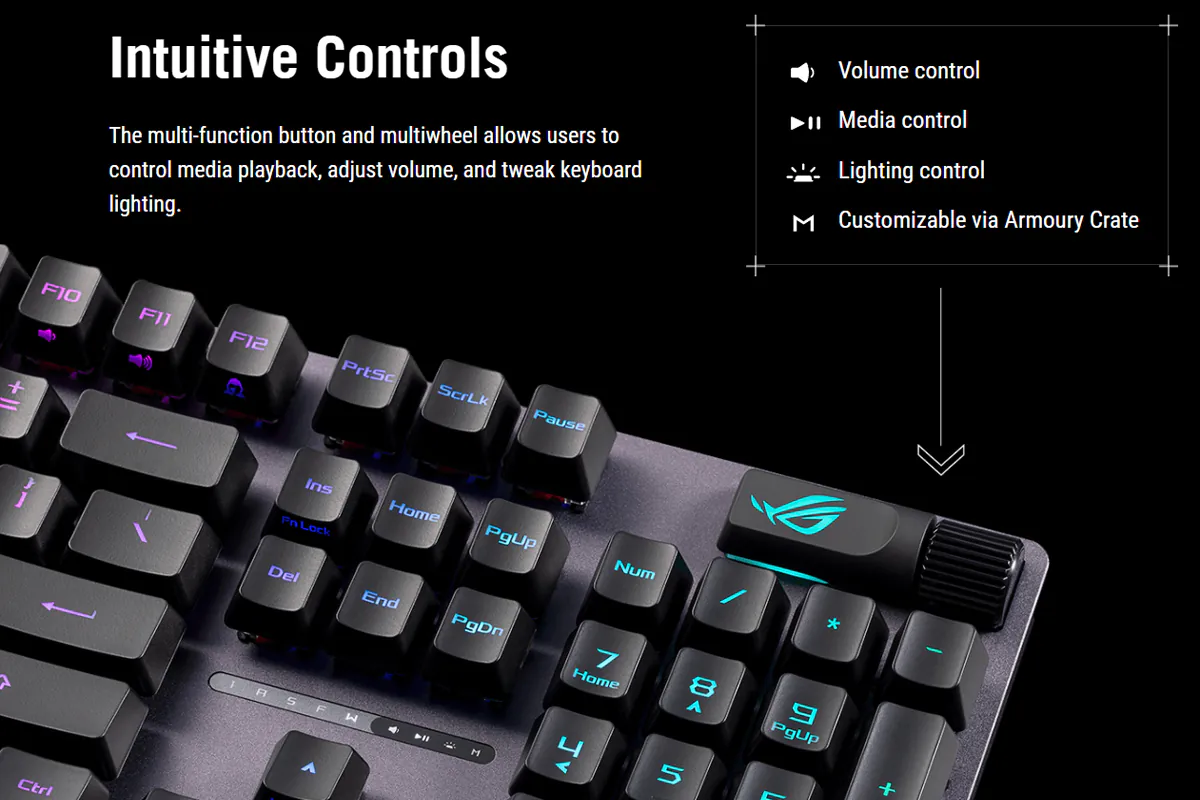 The bottom of the keyboard features a textured surface with the proprietary logo and the inscription “FOR THOSE WHO DARE.” There are 2 feet, 5 rubber pads for better stability, and a sticker with the model name, serial numbers, and certifications.
The bottom of the keyboard features a textured surface with the proprietary logo and the inscription “FOR THOSE WHO DARE.” There are 2 feet, 5 rubber pads for better stability, and a sticker with the model name, serial numbers, and certifications.
The keyboard features double feet, allowing it to be set at 3 different tilt angles: without extended feet, with small feet, and with large feet. Both feet have rubber pads for stability.
One of the standout features of the ROG Strix Scope II RX is its dust and water resistance (IP57 protection rating). This means that the keyboard is resistant to household dust and spilled liquids. As for the ROG Strix Scope II, the official specifications do not mention any form of protection, so it can be assumed that it does not have this feature. It seems unlikely that such a detail would be overlooked, right?

To enhance the acoustic characteristics and provide comfortable typing, both keyboards use sound-absorbing foam, which absorbs external sounds and echoes. Additionally, they come with lubricated switches and stabilizers from the factory, but we will pay special attention to them and discuss them separately.
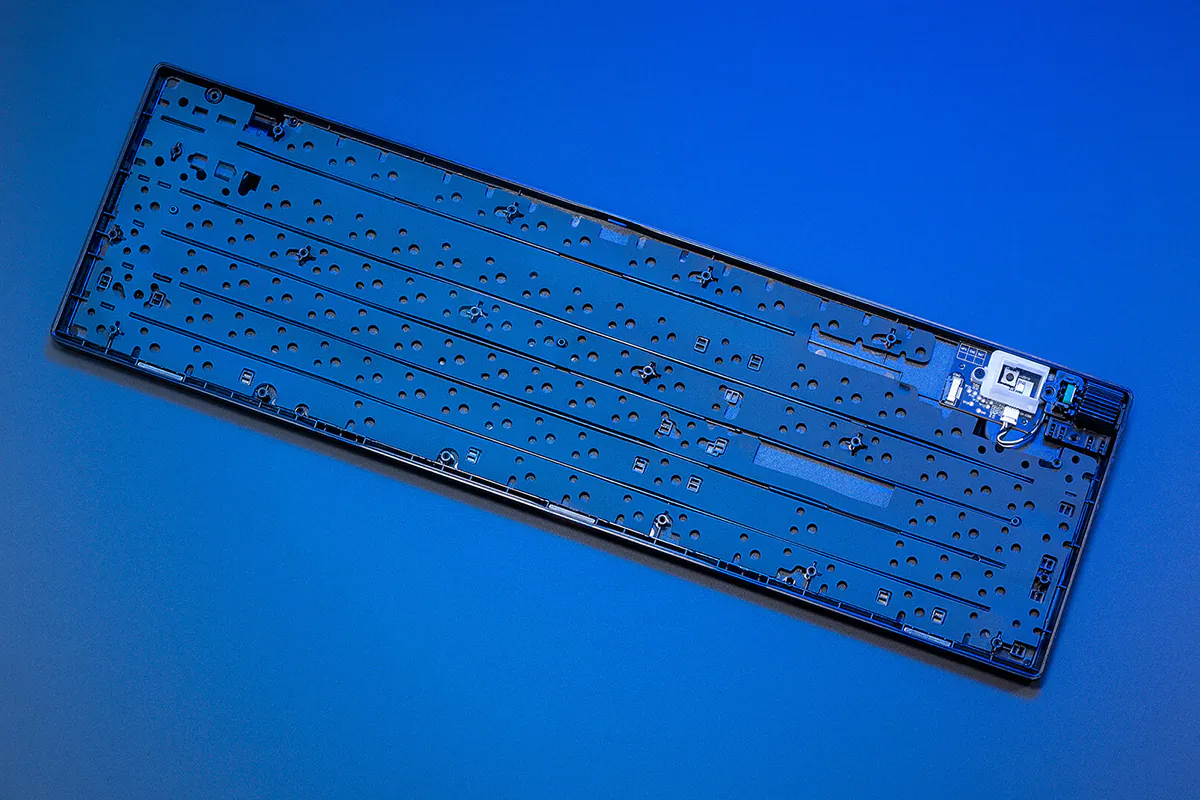 Both keyboards feature RGB backlighting, compatible with ASUS Aura Sync. The lighting is excellent: bright, vibrant, uniform, with flexible customization options. I especially liked the included spacebar—it looks really cool. The lighting can be adjusted using the multifunction key with a scroll wheel or in the proprietary Armoury Crate application.
Both keyboards feature RGB backlighting, compatible with ASUS Aura Sync. The lighting is excellent: bright, vibrant, uniform, with flexible customization options. I especially liked the included spacebar—it looks really cool. The lighting can be adjusted using the multifunction key with a scroll wheel or in the proprietary Armoury Crate application.
The build quality of both keyboards is top-notch. The construction feels sturdy, with no noticeable looseness, squeaks, or flex in the chassis. From an ergonomic perspective, everything is also well-designed. It’s comfortable to play games and type on the keyboards. You can adjust the tilt angle to your liking thanks to the dual feet. Additionally, you can use the included wrist rest for added comfort.
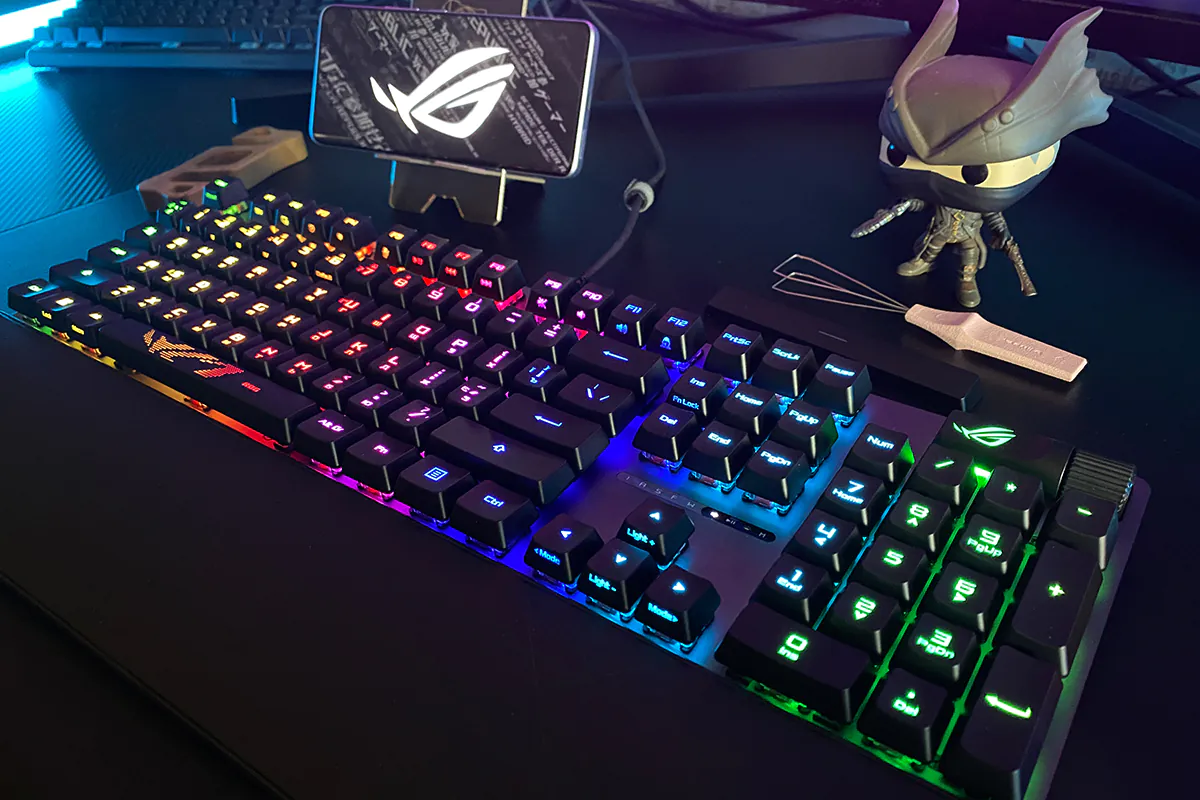
Having a full-size keyboard is definitely great, especially for those who are used to the 100% layout or frequently use the numpad. However, it would be nice to see TKL versions of the ROG Strix Scope II (including the RX versions). Personally, I’ve used a 100% keyboard for most of my life. But over time, I realized that I wanted to switch to TKL. It takes up less space, and for gaming, this format is truly a game-changer. I’m sure I’m not the only one feeling this way. So, we’ll be waiting for TKL versions. Something tells me they won’t keep us waiting for long.
By the way, for fans of wireless keyboards, there’s the ROG Strix Scope II 96 Wireless. It’s a 96% layout, with three connectivity modes, proprietary lubricated NX Snow switches, and it’s hot-swappable. In short, it’s a dream, not just a keyboard. However, it’s a bit pricier — $205 / €188 in the official ASUS store.
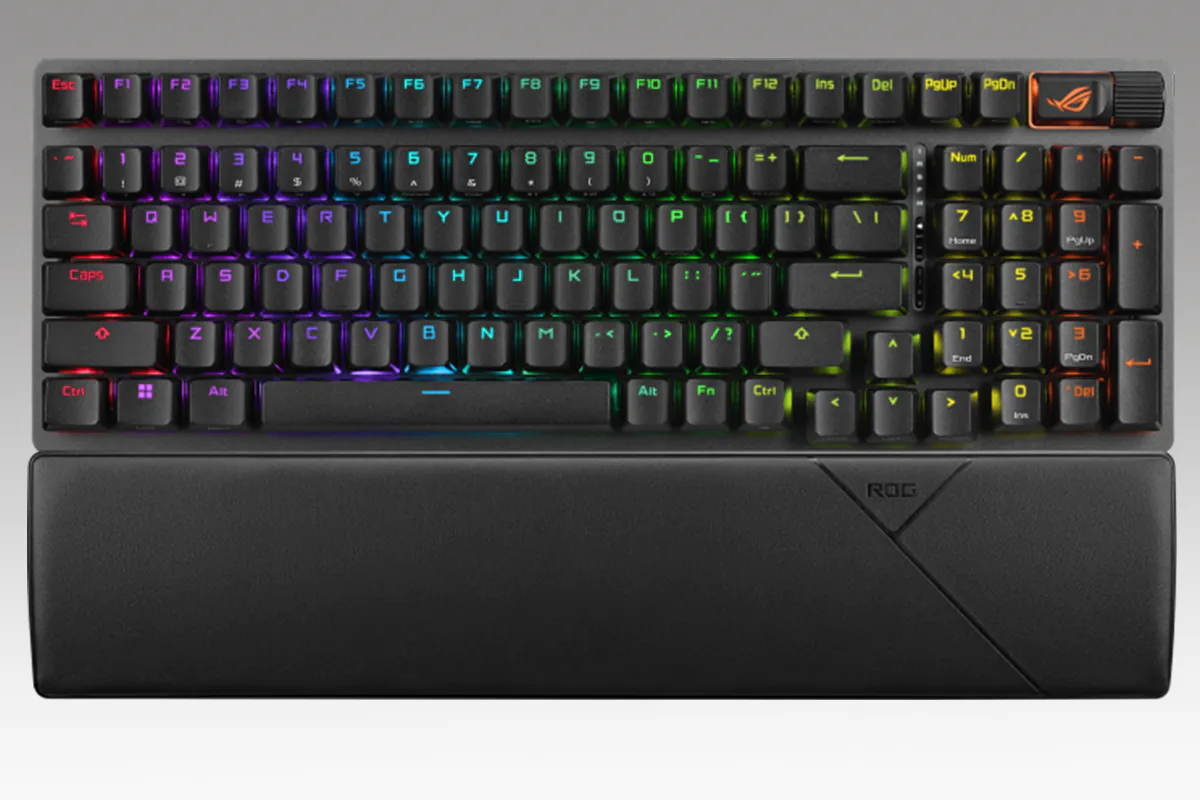
Read also:
- ASUS ROG Azoth Wireless Gamer Keyboard Review: Towards Customisation
- ASUS ROG Falchion Ace Review: ultra-compact gaming keyboard
Switches, stabilizers, keycaps
The keyboards feature proprietary switches from ASUS, all of which come pre-lubricated.
In the ROG Strix Scope II, you’ll find ROG NX Mechanical Switches. These switches come in linear (NX Snow) and clicky (NX Storm) variants. Here are the specifications for these switches:
NX Snow
- Actuation distance: 1.8 mm
- Initial actuation force: 40 gf
- Full actuation force: 53 gf
NX Storm
- Actuation distance: 1.8 mm
- Actuation force: 65 gf
- Click ratio: 25%
The ROG Strix Scope II RX features ROG RX Optical Mechanical Switches. They come in linear (RX Red) and clicky (RX Blue) variants. The declared durability is 100 million keystrokes. The specifications are as follows:
RX Red
- Actuation distance – 1.5 mm
- Initial actuation force: 40 – 40 gs
- Full actuation force – 55 gs
RX Blue
- Actuation distance: 1.5 mm
- Actuation force: 65 gr
- Click ratio: 31%
The ROG Strix Scope II that arrived for me came with NX Snow switches. The ROG Strix Scope II RX comes with RX Red switches. I’ll tell you later how they feel and sound during typing.
By the way, perhaps not everyone knows the difference between mechanical switches and optical switches. For clarity, I’ll provide a brief explanation. In optical switches, there are no metal contacts; instead, they use light-emitting diode sensors. This increases reliability and extends the device’s lifespan. Simply put, optical switches are essentially less prone to breaking.
On the official website, it’s stated that the keyboards use original ROG stabilizers. They are also pre-lubricated and perform excellently. Long keys don’t rattle, clatter, or wobble. Typing is very pleasant both tactically and acoustically. Although, it would be worth adding a rubberized pad under the spacebar. Well, why not, it wouldn’t hurt.
When trying to remove the Shift keys on the ROG Strix Scope II, the keycaps came off along with the stabilizers. Honestly, this has never happened to me before. At first, I thought I had pulled out the stabilizer. But upon closer inspection, I realized it simply came off the metal spring. I tried to remove other long keys, and the situation repeated. Perhaps the slots in the keycaps for the stabilizers are so tight that the stabilizer remains in them and comes off with the keycap. Maybe I just got a keyboard with such an issue… If owners of the ROG Strix Scope II with PBT keycaps read this review, please comment. How do you remove the keycaps? Do the stabilizers stay in them?
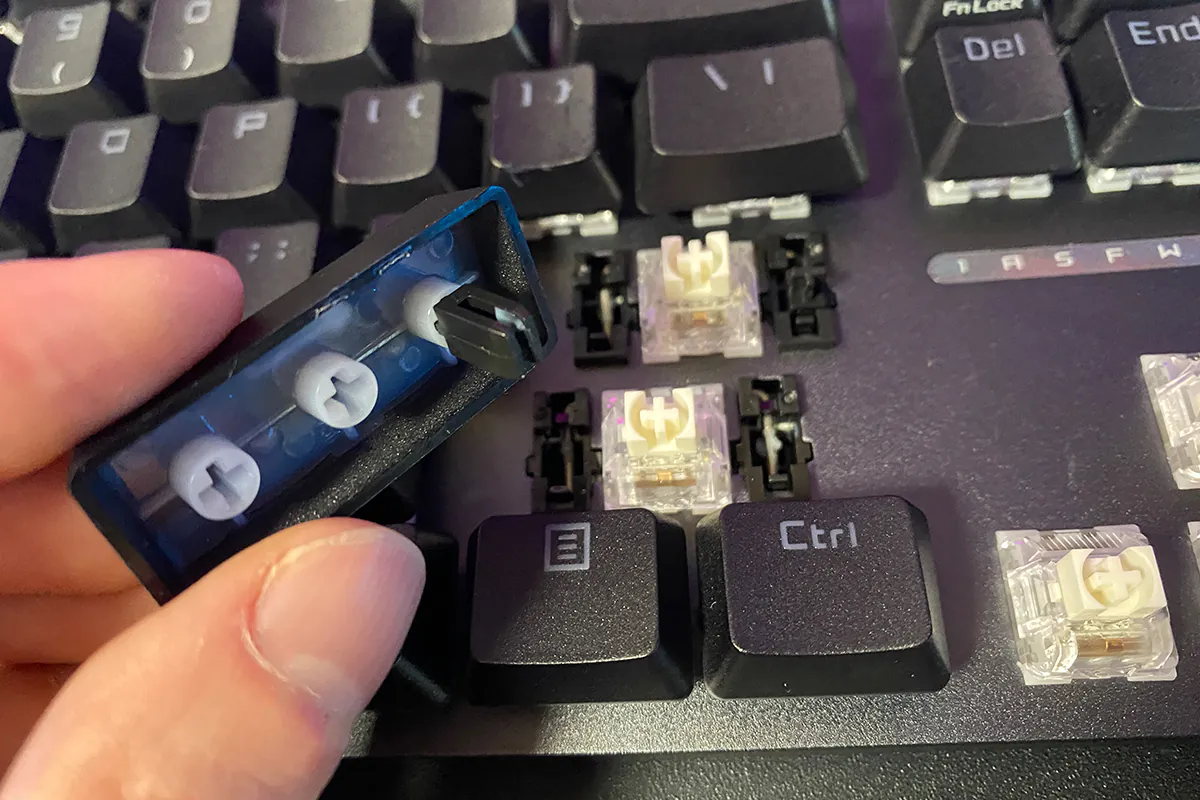
Removing the stabilizers from the keycaps wasn’t as easy as expected. They sit there very tightly. If all ROG Strix Scope II keyboards have such tight slots in the keycaps, then my advice to you is to have a pair of pliers ready to extract the stabilizers from the keys. Sooner or later, you’ll need to remove the keycaps to clean them or the keyboard anyway.
By the way, after the “photo session,” the keycaps with stabilizers easily returned to their places and continued to work normally as if nothing had happened. So once again, I repeat: this is not a defect, just tight slots in the keycaps.
On the regular keys of the ROG Strix Scope II RX, an additional special stabilization mechanism is used to eliminate trembling and key wobble during keystrokes. See the red cross inside the switch? That’s it. The stabilization of regular keys really works, and you can feel it, especially when transitioning from conventional mechanical keyboards where similar features are not utilized.
The keyboards use keycaps made of either PBT or ABS plastic. It’s mentioned on the official website that the material of the keycaps may vary depending on the region. The ROG Strix Scope II that I received came with PBT keycaps, while the ROG Strix Scope II RX had ABS keycaps. The ABS keycaps come with an additional UV coating. To the touch, they feel like a very pleasant soft-touch. The keycaps are of high quality and well-made.
The keyboard uses its own proprietary font. The letter size is optimal. The backlighting is uniform across all keys.
Now a few words about typing and tactile sensations. I’ll start with the ROG Strix Scope II RX. Key presses are soft and not very loud. The keycaps have a very pleasant coating. There’s good stabilization for both long and regular keys. I’ve experienced some new sensations from this keyboard. Probably due to the switches, the unusual keycap coating, and the additional stabilization. It’s noticeable after using regular mechanical keyboards.
I’ve recorded a typing video for you to listen to how the keyboard sounds. I should note that I recorded it on my smartphone, and the microphone slightly amplifies the sound. So, in real life, the keyboard sounds a bit quieter.

The ROG Strix Scope II with NX Snow switches and PBT keycaps is slightly louder. Typing is not as soft—more tactile. Since the keycaps are PBT, the tactile sensations are more familiar. The stabilization of long keys is excellent: no wobbling, rattling, or ringing. I also recorded a sound sample video for reference.

To complete the comparison, I recorded a video with both keyboards simultaneously. The ROG Strix Scope II RX is at the bottom with the stylized spacebar, while the ROG Strix Scope II is at the top with the regular spacebar. In this video, it’s more evident that the ROG Strix Scope II is louder, especially the long keys.

Read also:
- ASUS ROG Rapture GT-BE98 Review: Router with Wi-Fi 7
- ASUS ROG Strix Impact III Wireless Review: Worthy Addition to ROG Family
- ASUS ROG Raikiri and ROG Raikiri Pro: Review and comparison of gamepads
ASUS Armory Crate proprietary software
More flexible settings and customization for keyboards are done through the proprietary ASUS Armoury Crate application. I don’t see the point in explaining the application once again. However, I will now demonstrate the settings available for the keyboards in it. By the way, the settings for both models are identical.
In the “Keys” menu, you can customize the keyboard keys. You can reassign buttons, assign any function to them, or completely disable them.
In the “Lighting” menu, you can adjust the backlighting. You can choose one of 10 preset effects or synchronize the keyboards with other ASUS devices via Aura Sync. Additionally, you can create custom lighting effects using Aura Creator.
In the “Multiwheel” menu, you can customize the multifunction key with a wheel. You can adjust the volume, control multimedia, adjust backlight brightness, or assign your own function.
In the “Firmware Update” menu, you can check for available updates and update the device’s firmware.
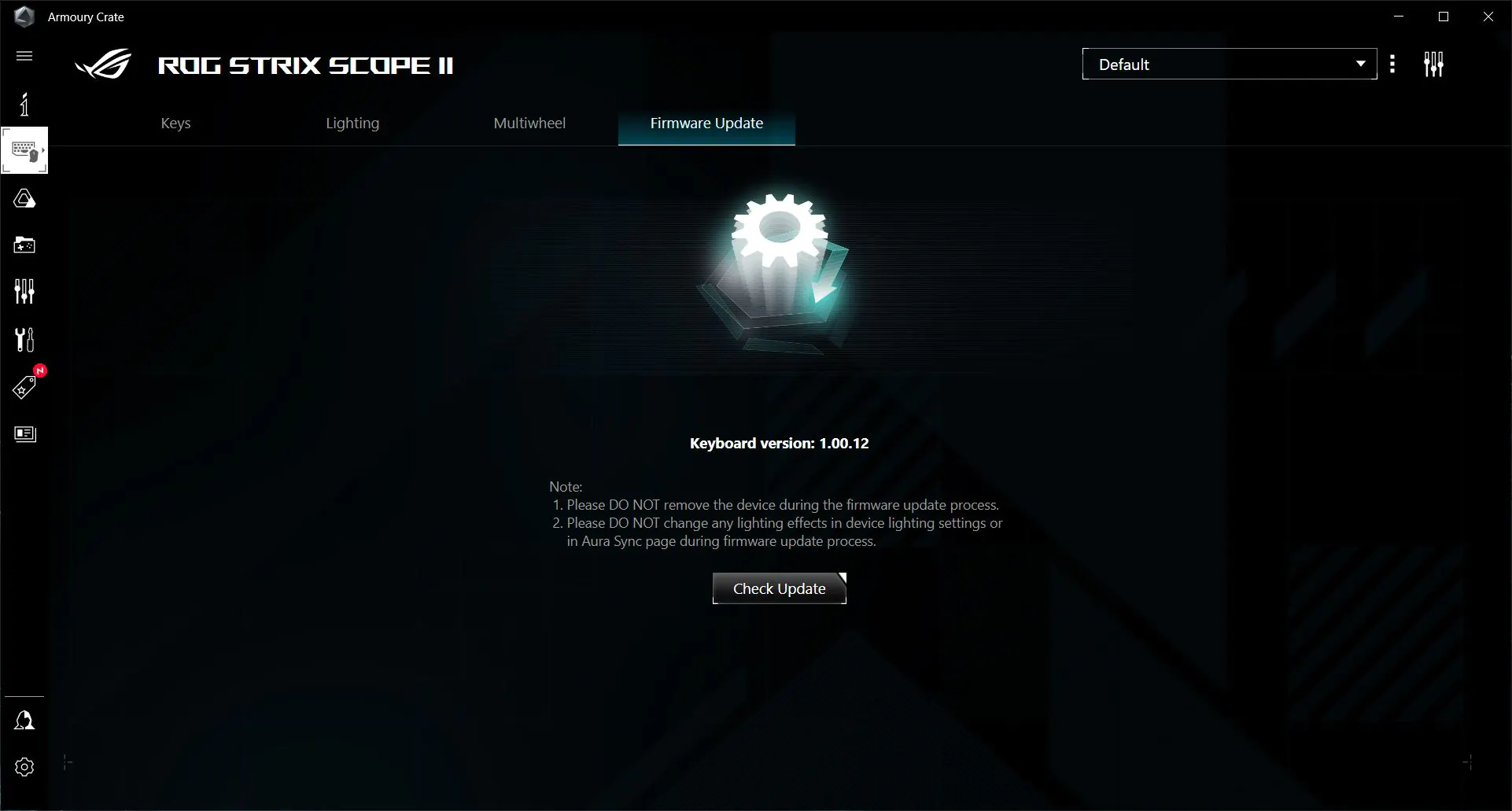
The application allows you to save multiple profiles with settings and switch between them on the fly. You can switch profiles directly in the application or directly on the keyboard using the hotkeys FN+.
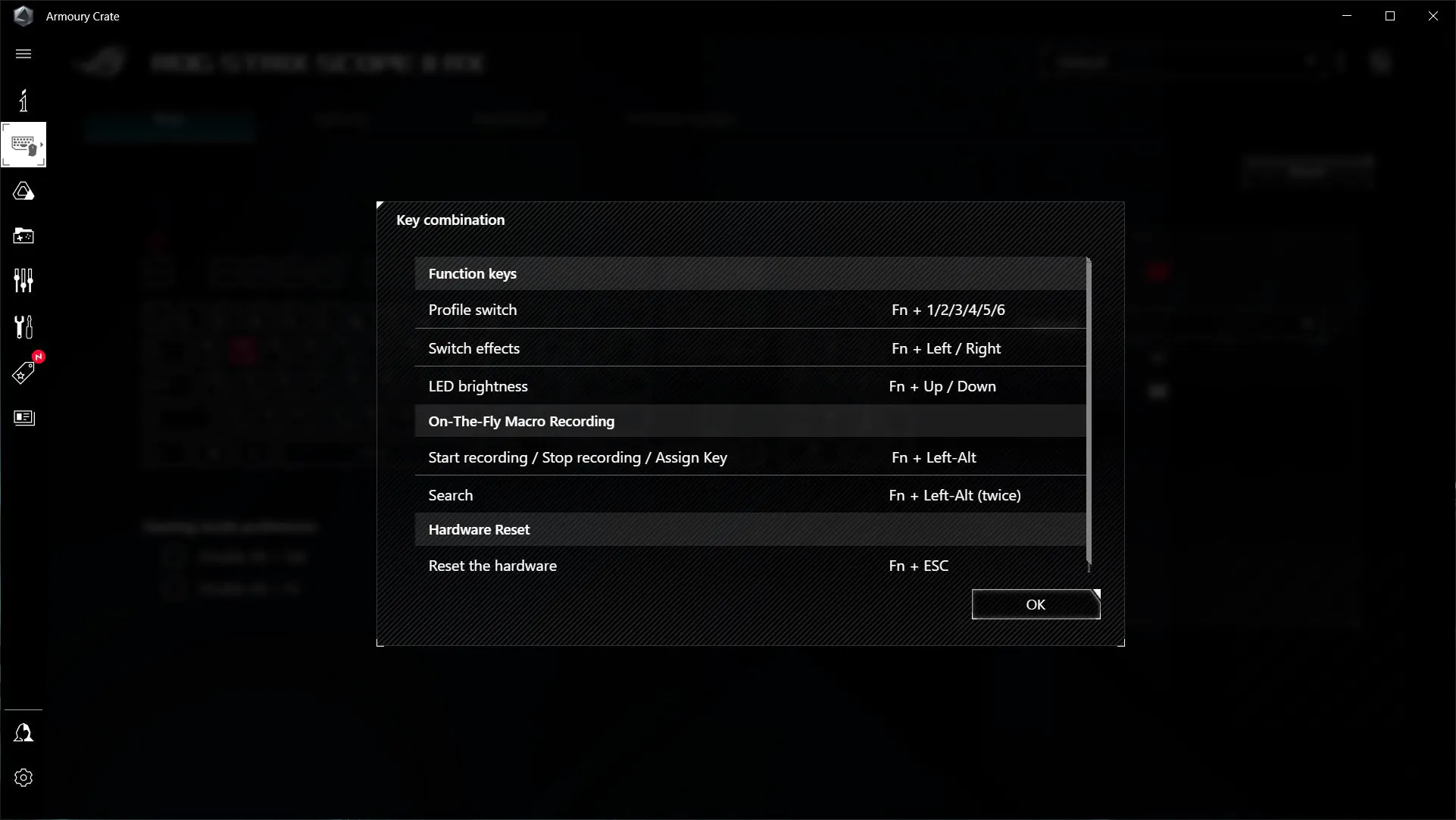
The keyboards have built-in memory. Once you’ve set up your profile (or profiles) once, you can use them on the keyboard without the application. This applies even on another PC where Armoury Crate is not installed. Another useful feature is on-the-fly macro recording. You can program keyboard keys by assigning them to specific combinations of commands.
Conclusions
The ROG Strix Scope II and ROG Strix Scope II RX can be considered worthy additions to the ROG device family. They are good quality keyboards that will definitely find their audience. In addition to all the advantages, the main feature of these models is their affordability. Considering them in the ROG segment, it’s safe to say that they are among the most accessible keyboards in this lineup. As for the advantages, I would highlight: the proprietary switches, quality construction and materials, acoustic parameters, pre-lubrication of switches and stabilizers, cool recognizable design, and ergonomics. Personally, I didn’t find any downsides. The fact that the keycaps of the ROG Strix Scope II come off with the stabilizers is not a significant issue for me. Essentially, it’s not a downside since it doesn’t affect functionality. And it’s not certain that it’s a widespread issue. Perhaps I just got such a sample. Verdict: great devices, I highly recommend them.

Read alsо:



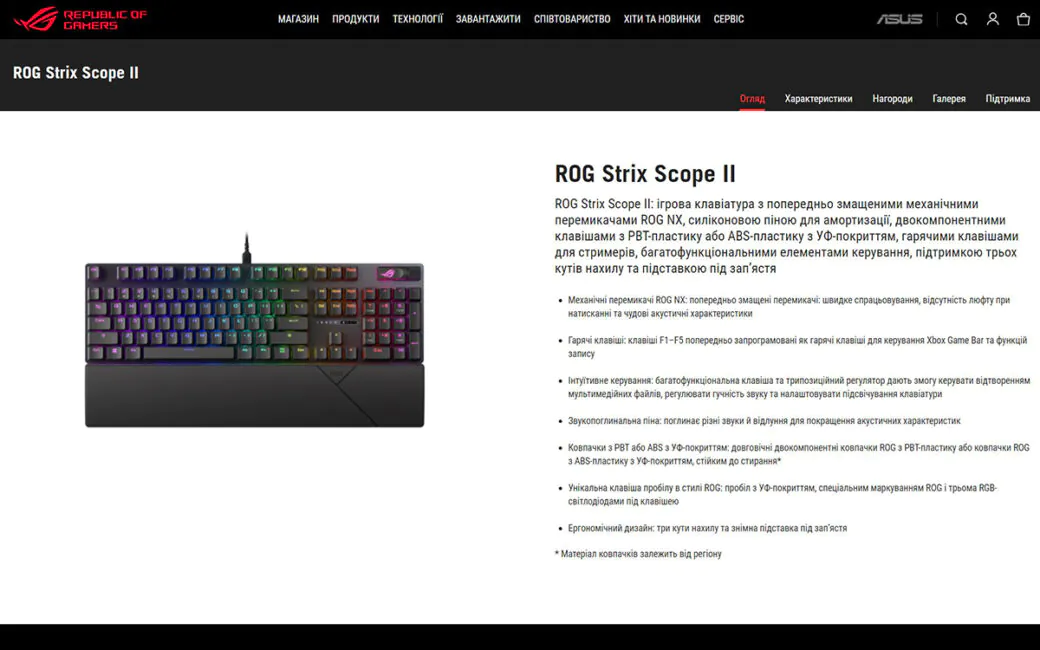

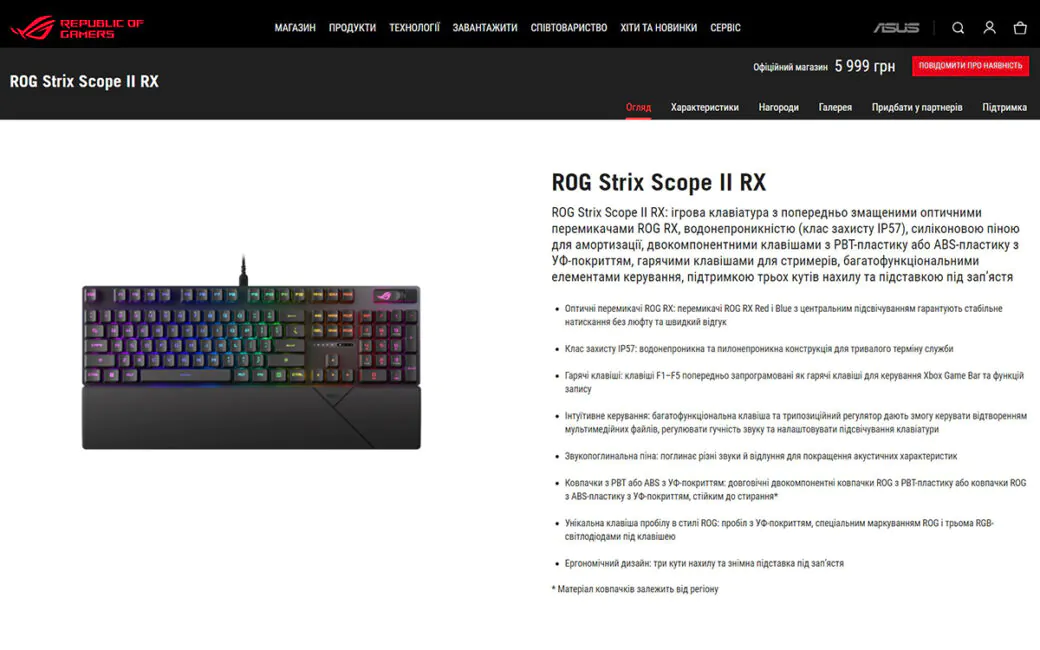
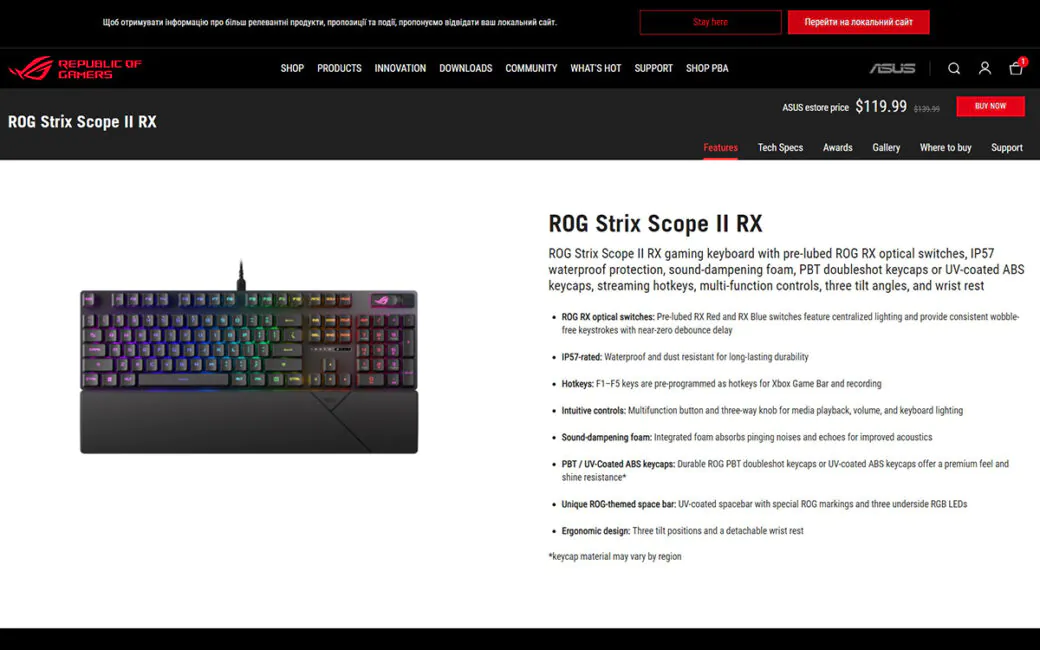

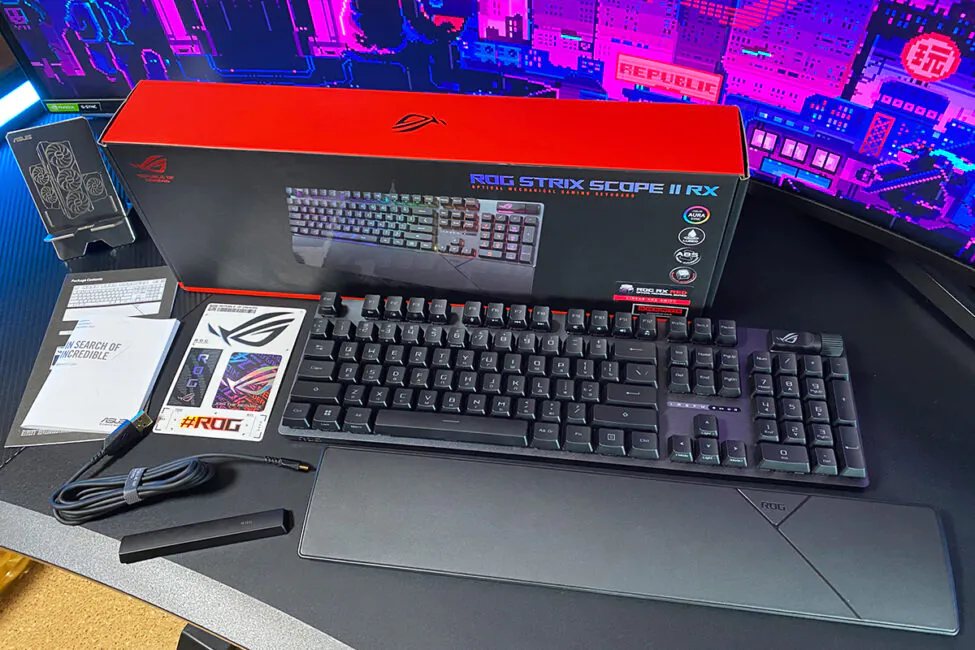

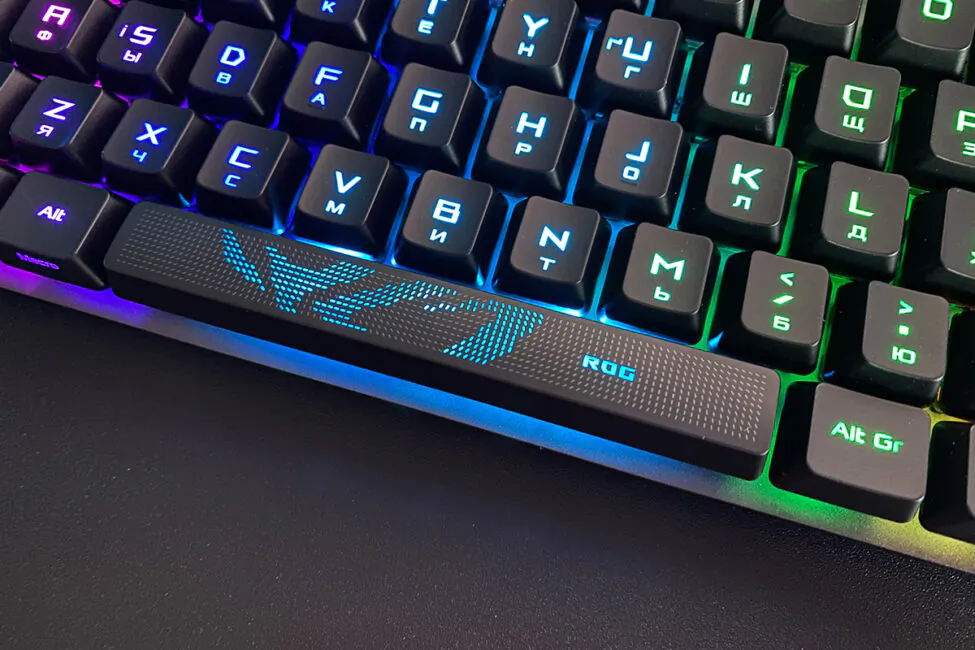
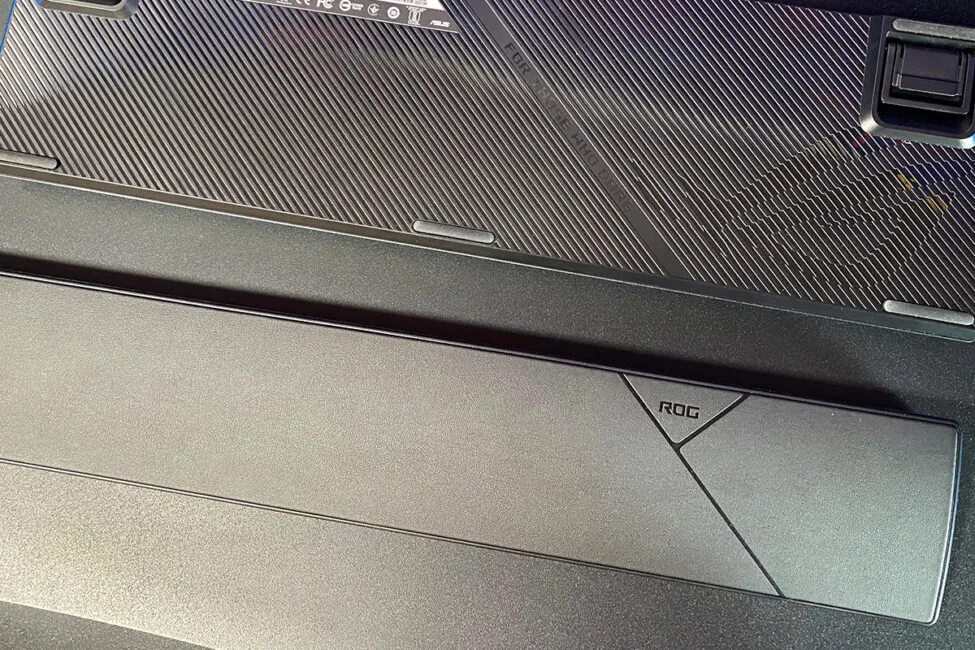
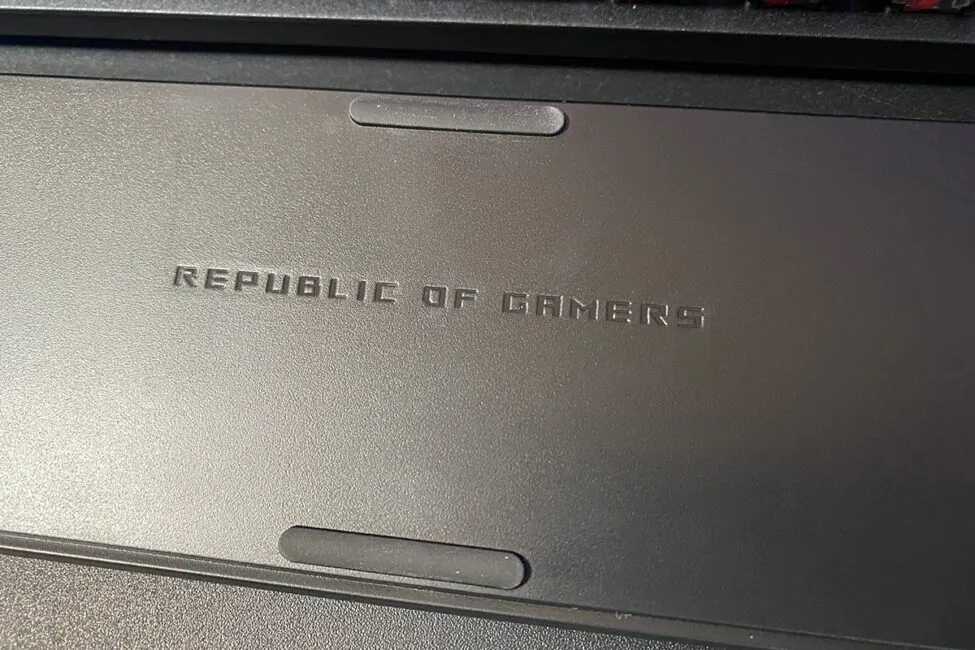
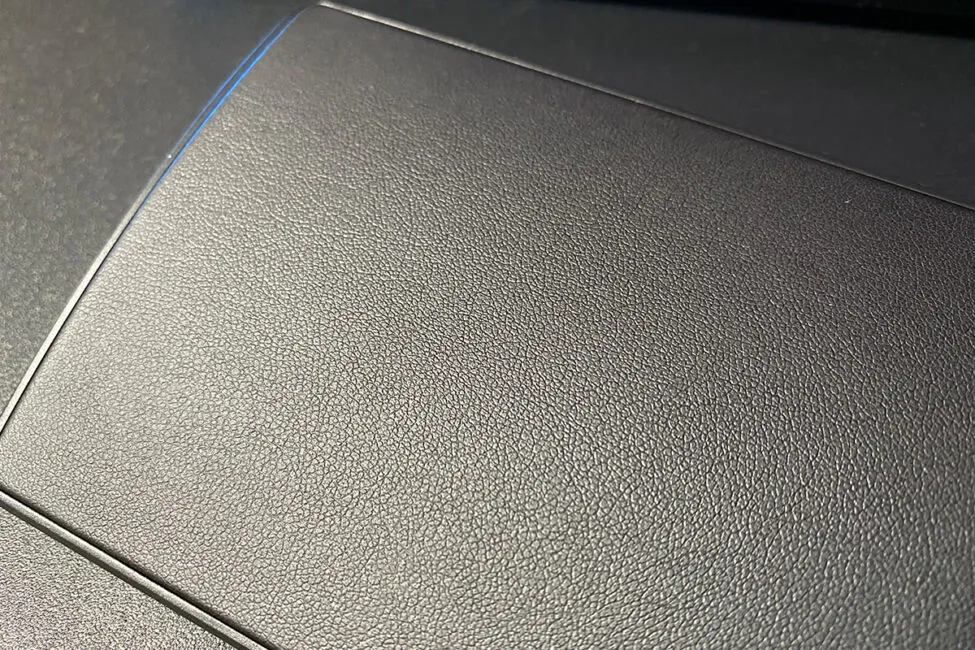

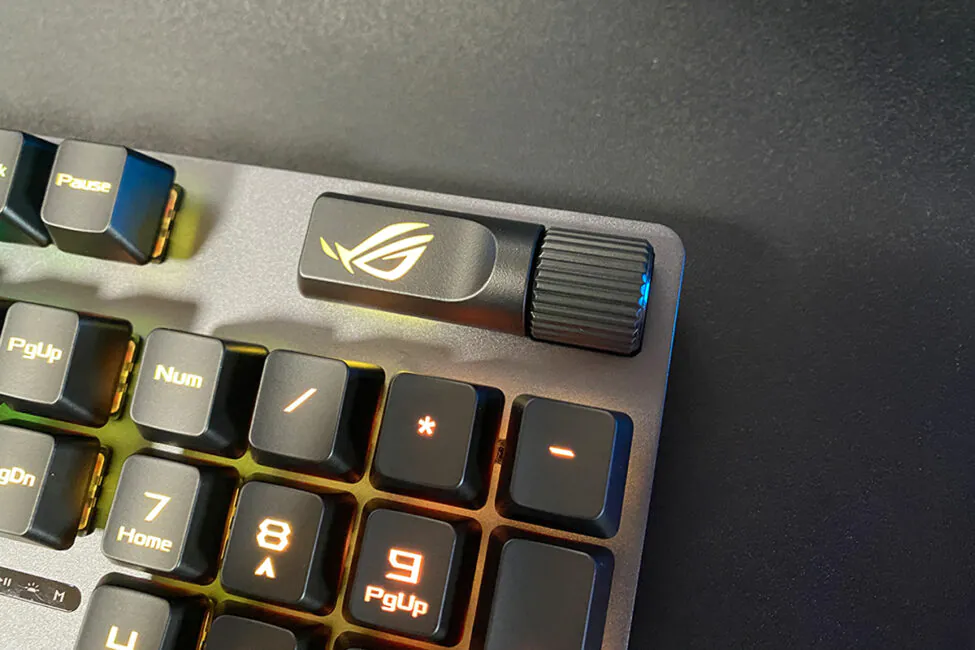

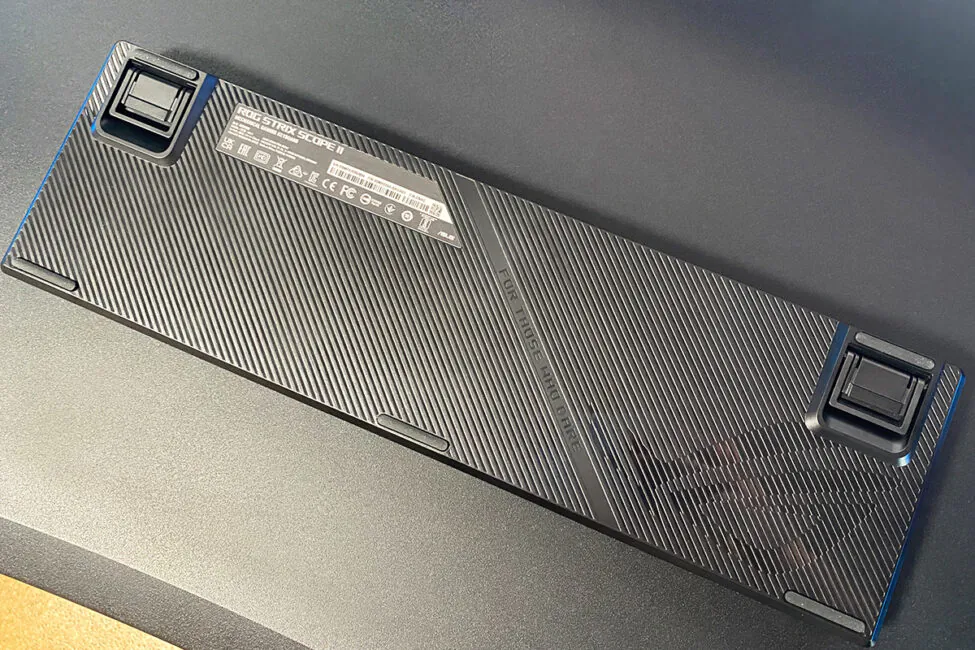
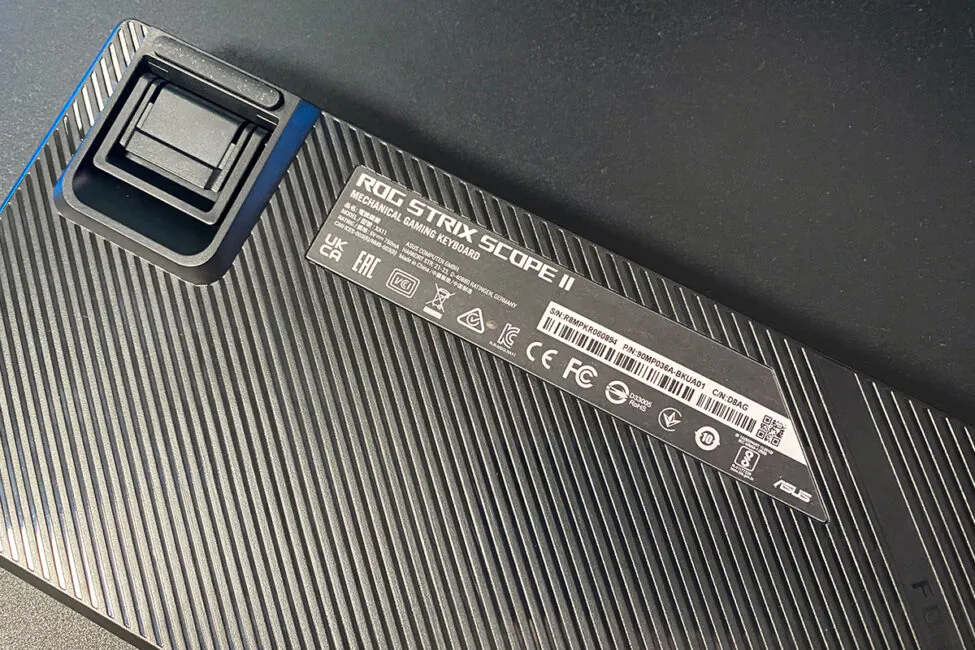

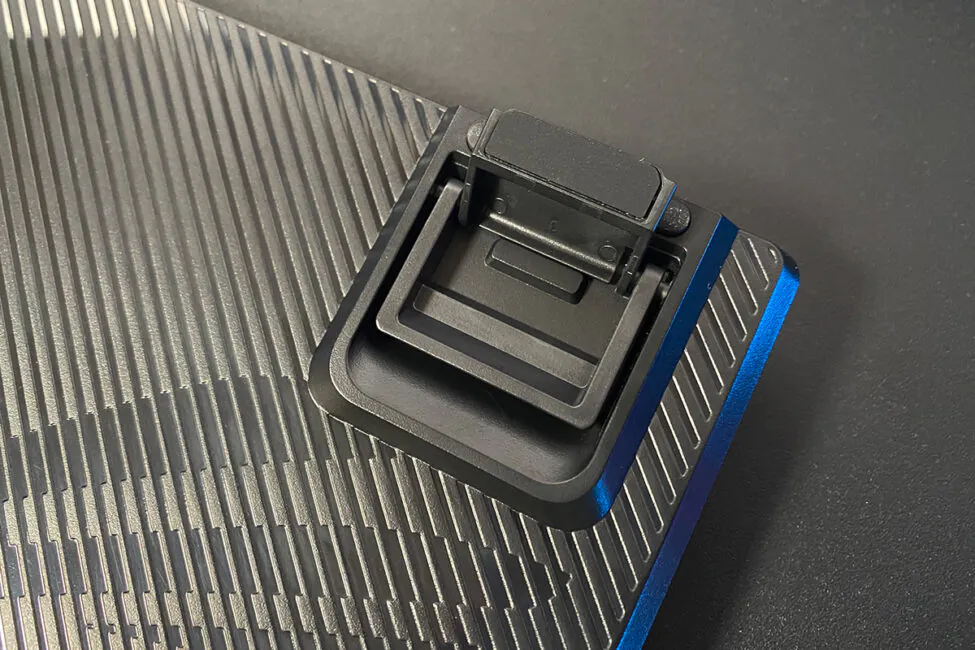
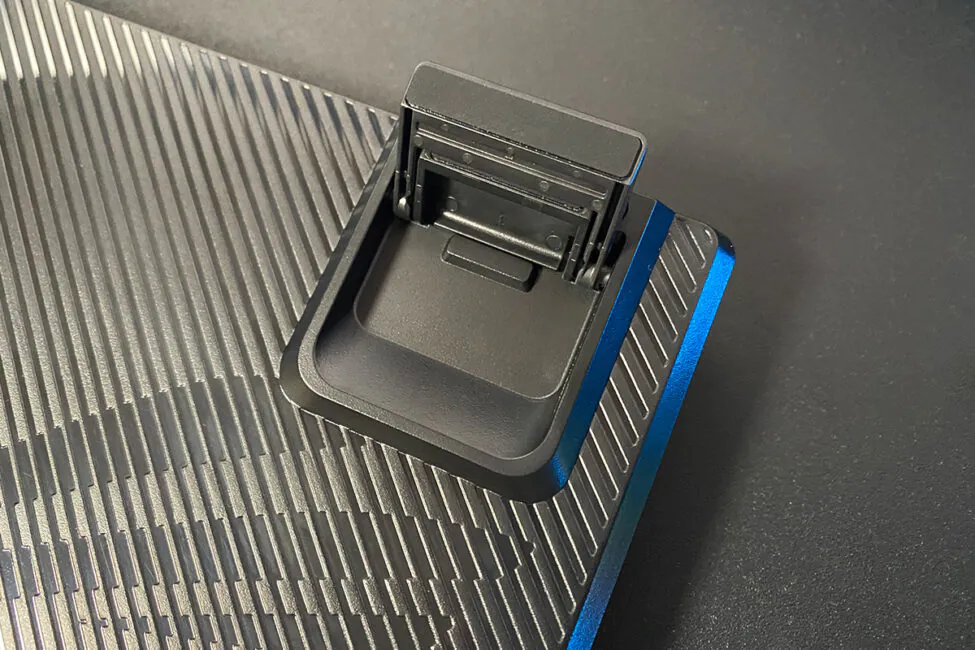
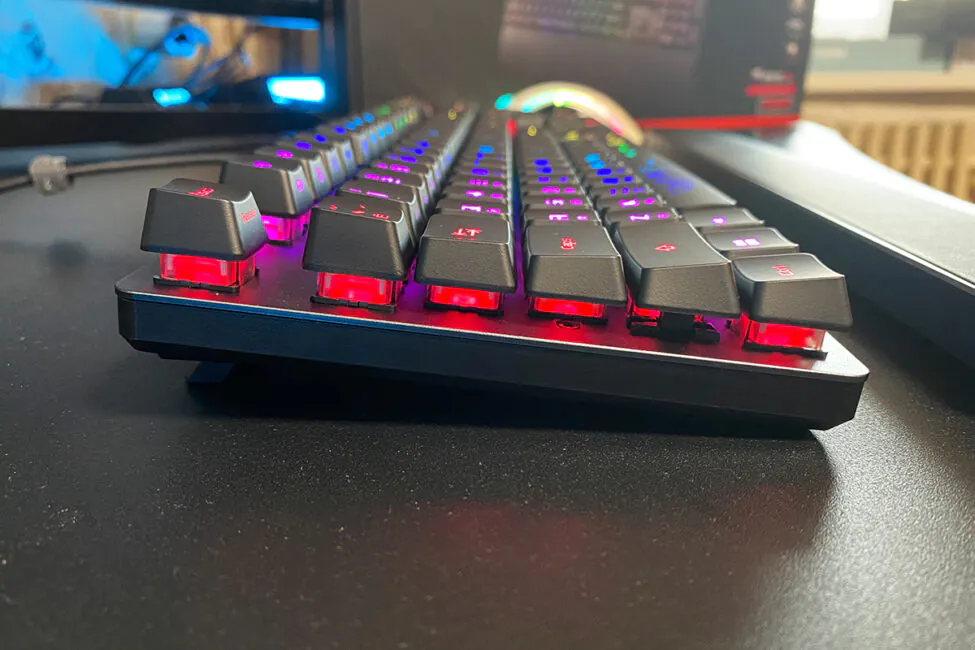
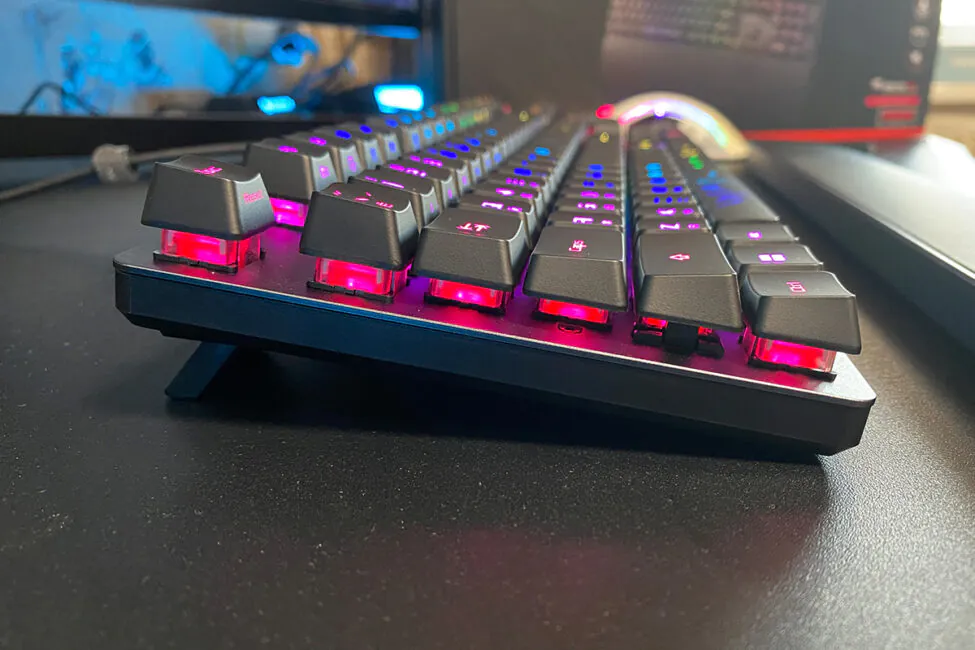

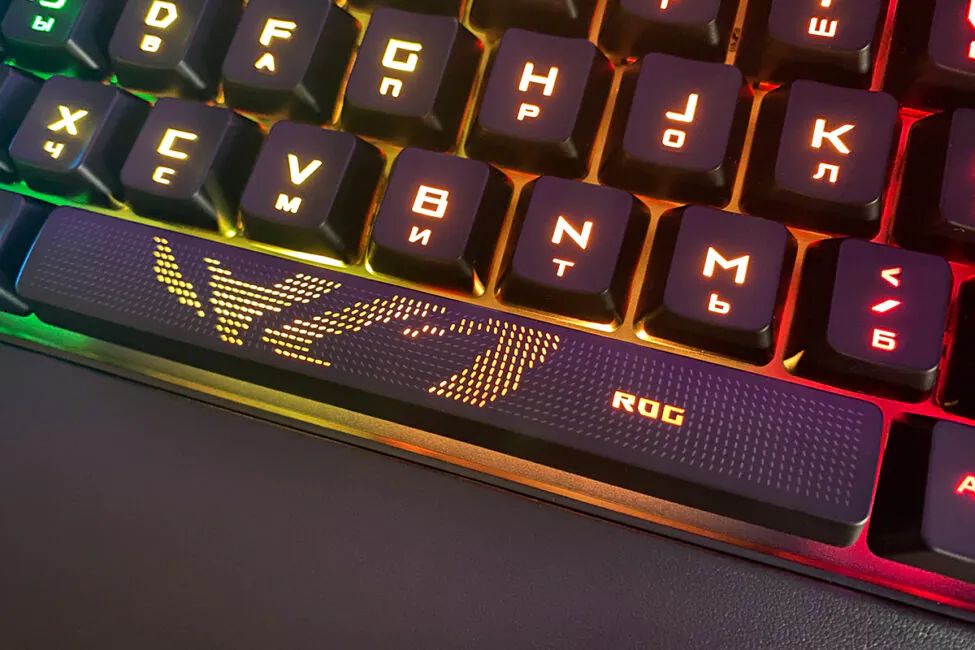
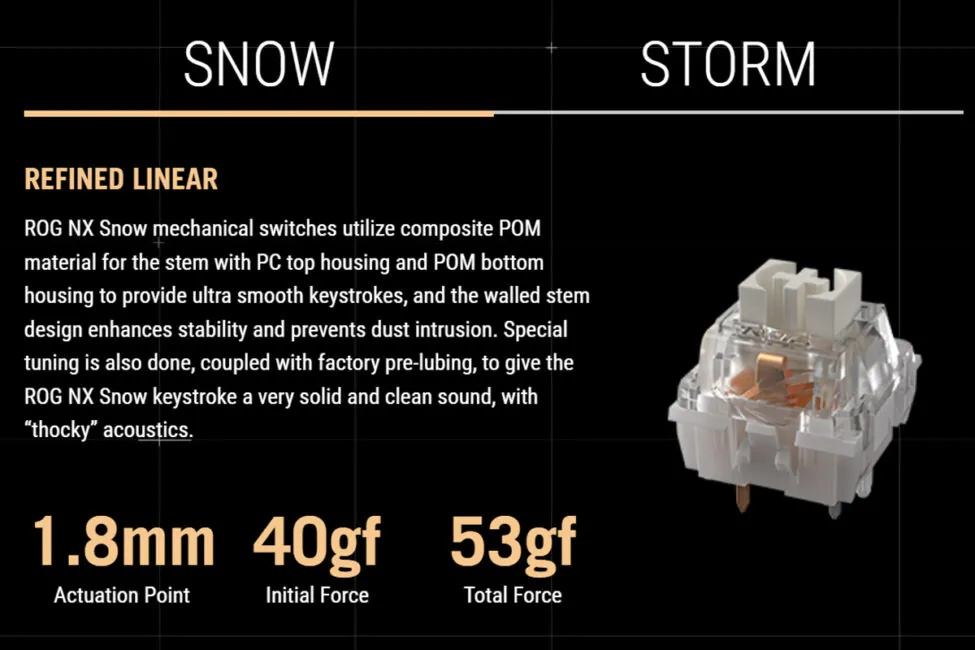
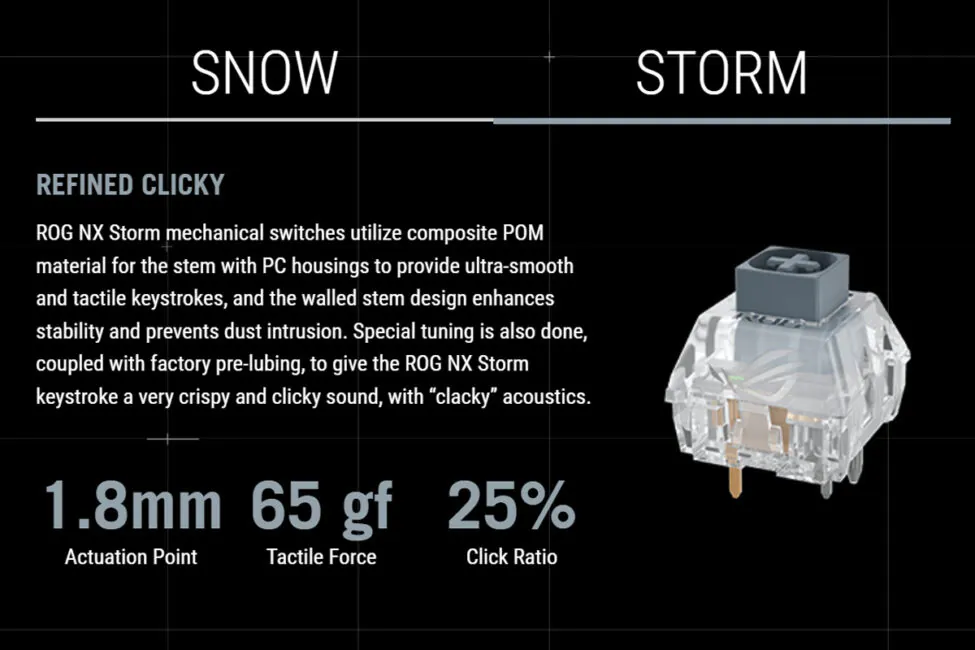

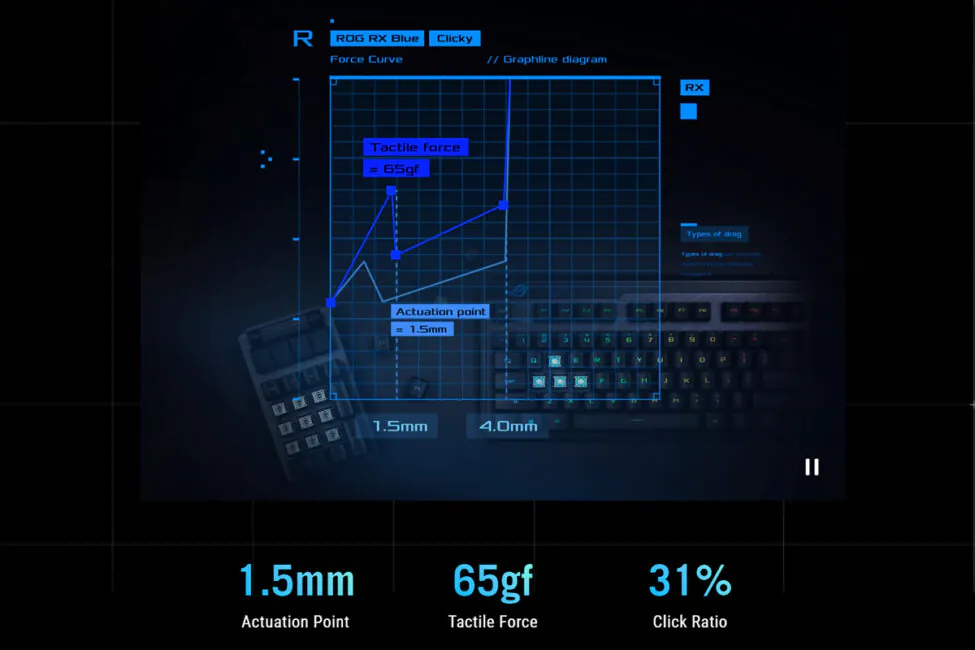


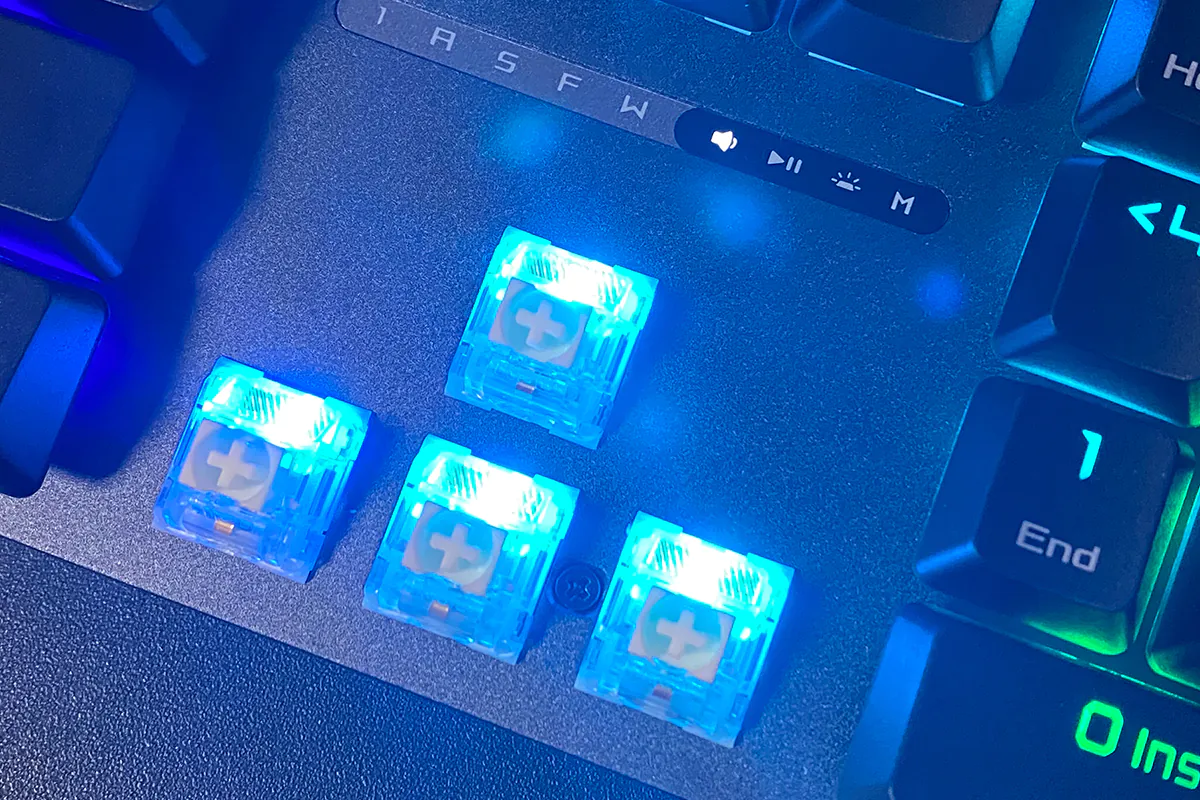
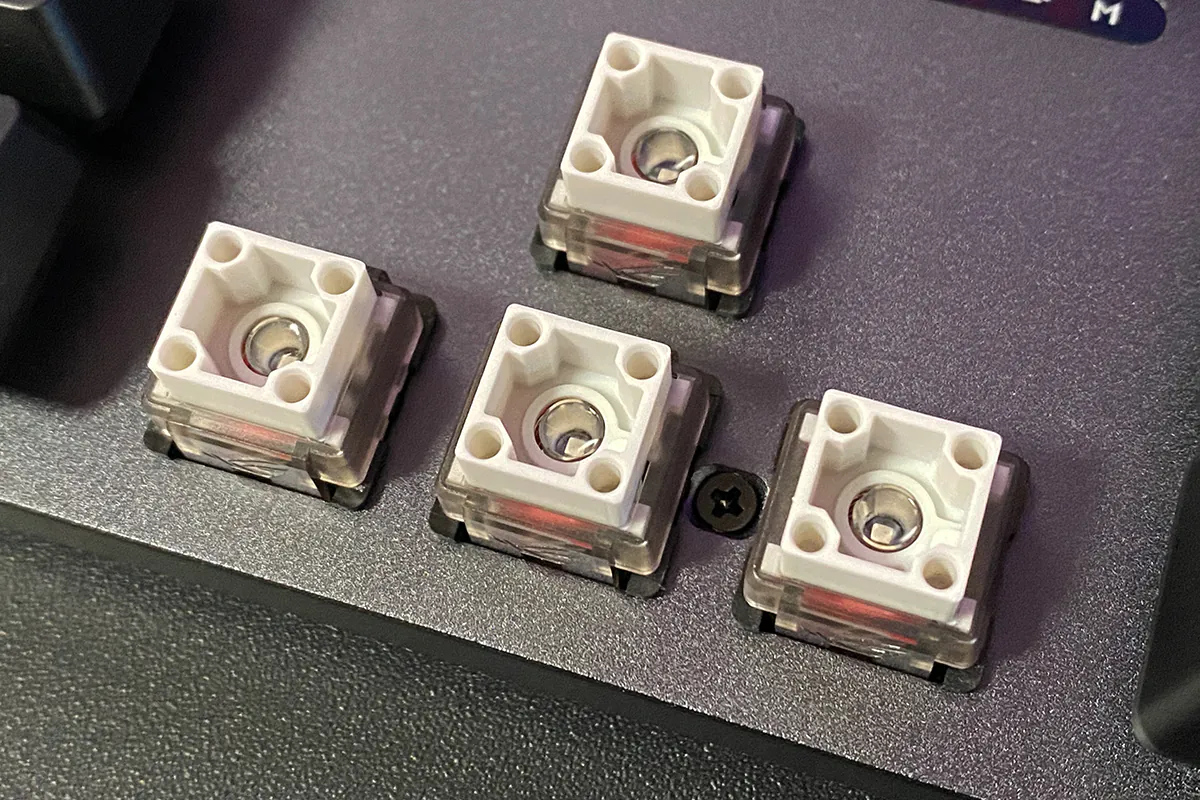
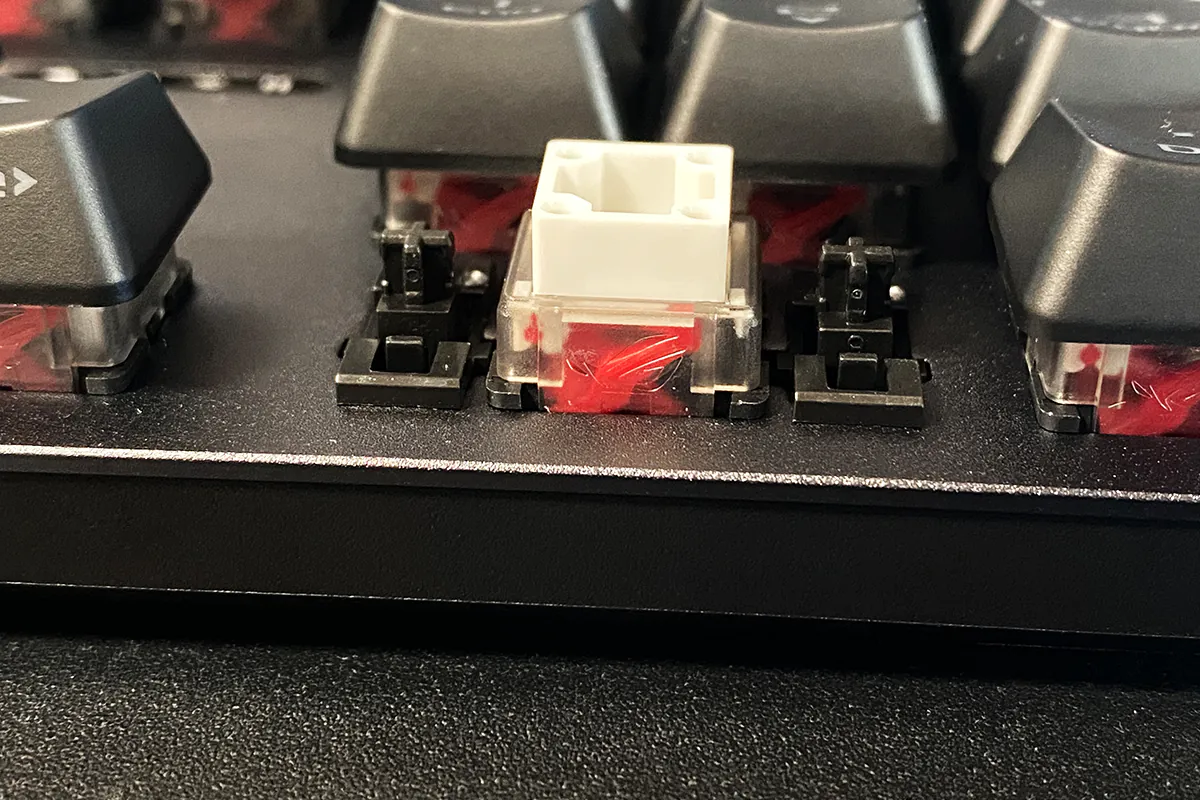
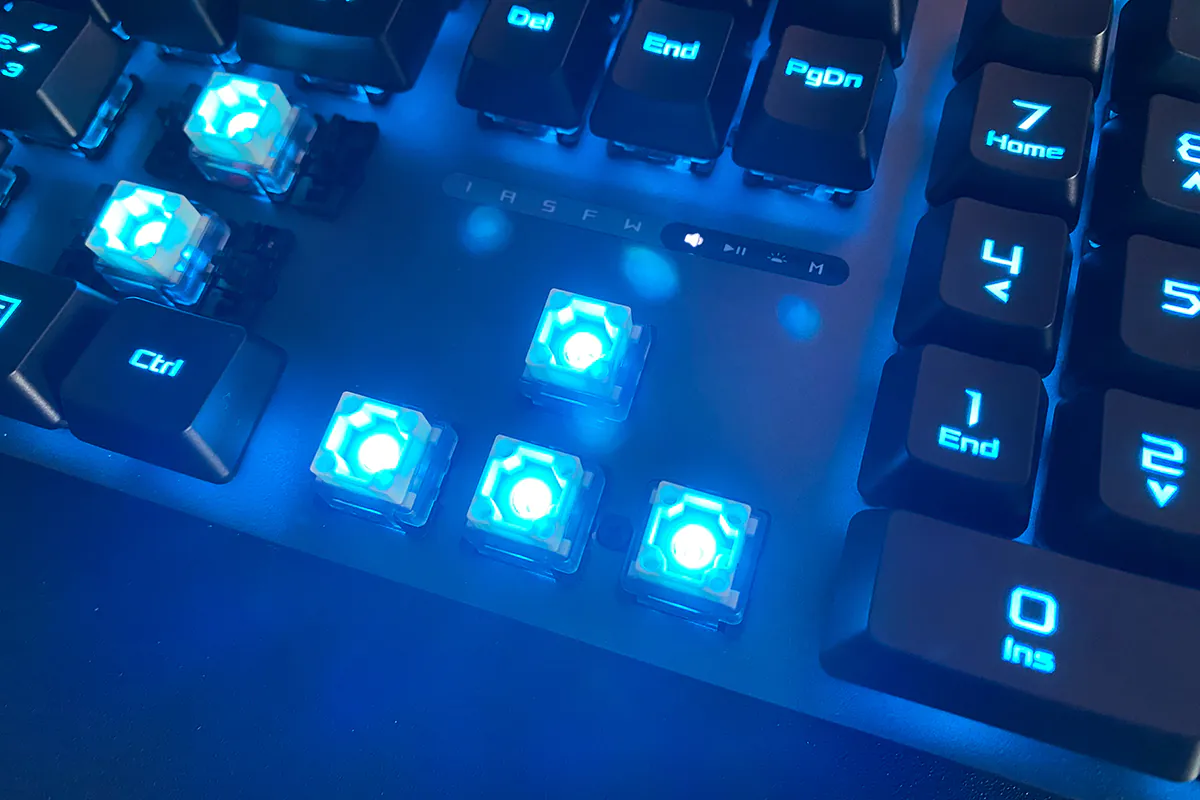
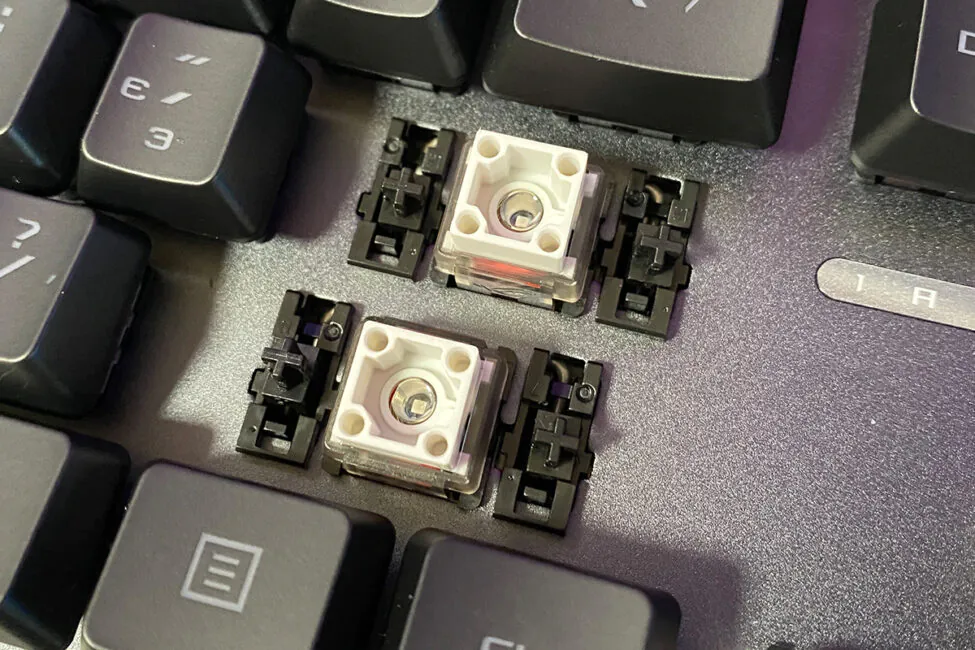
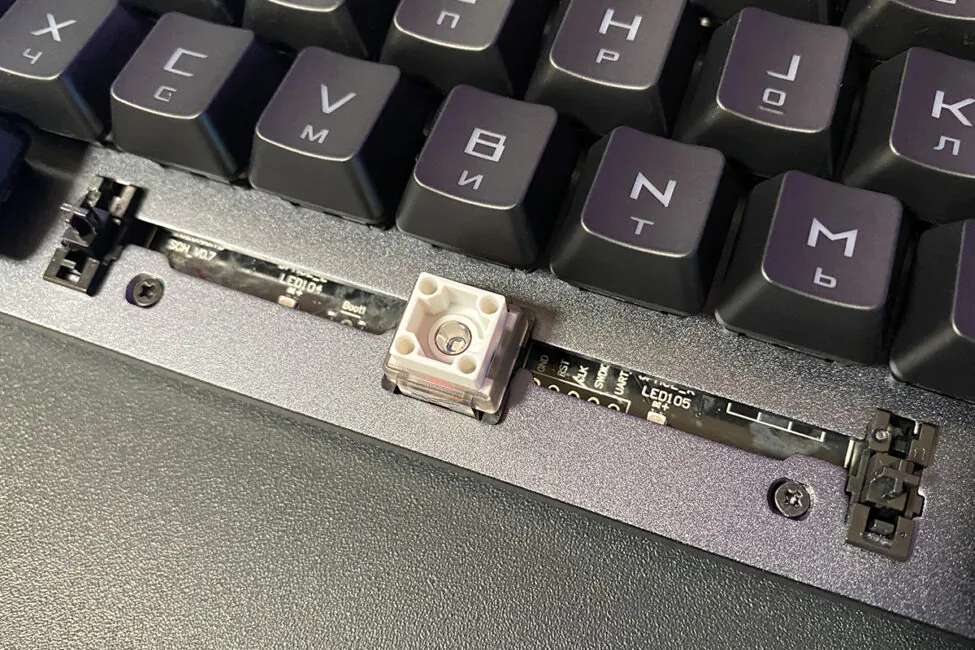
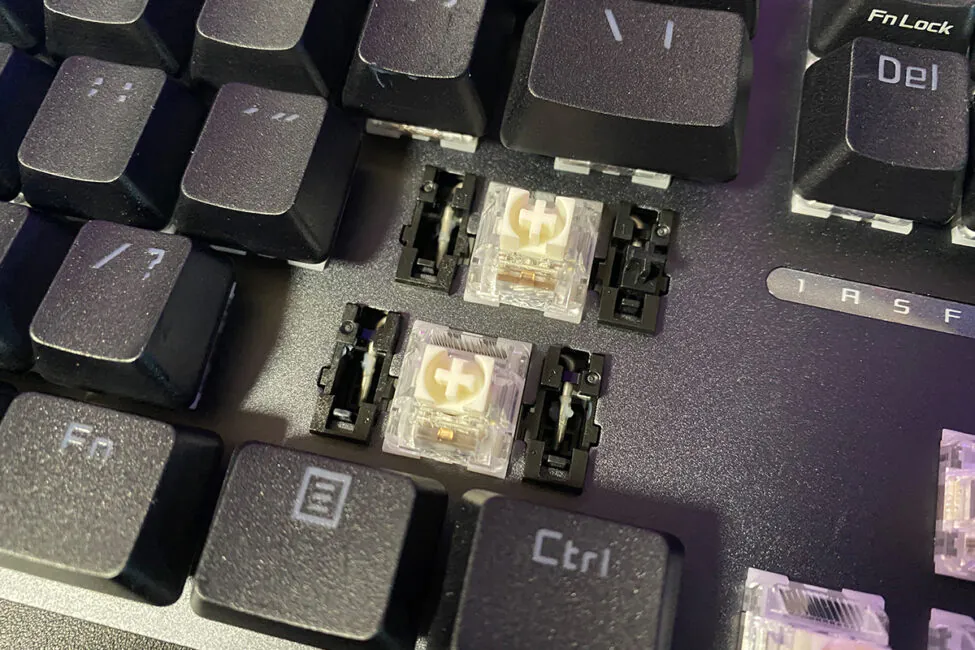
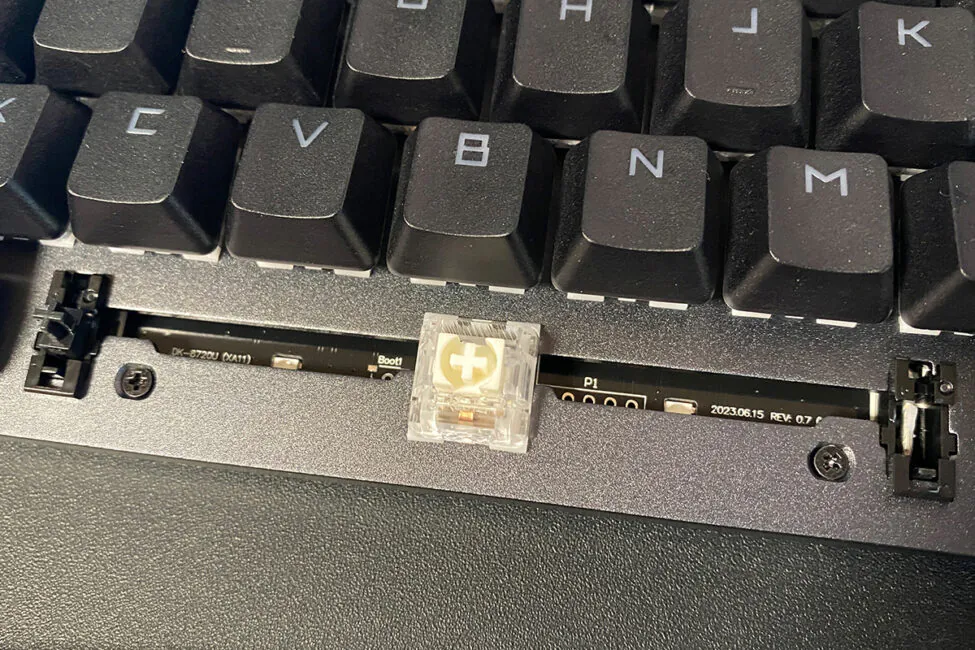
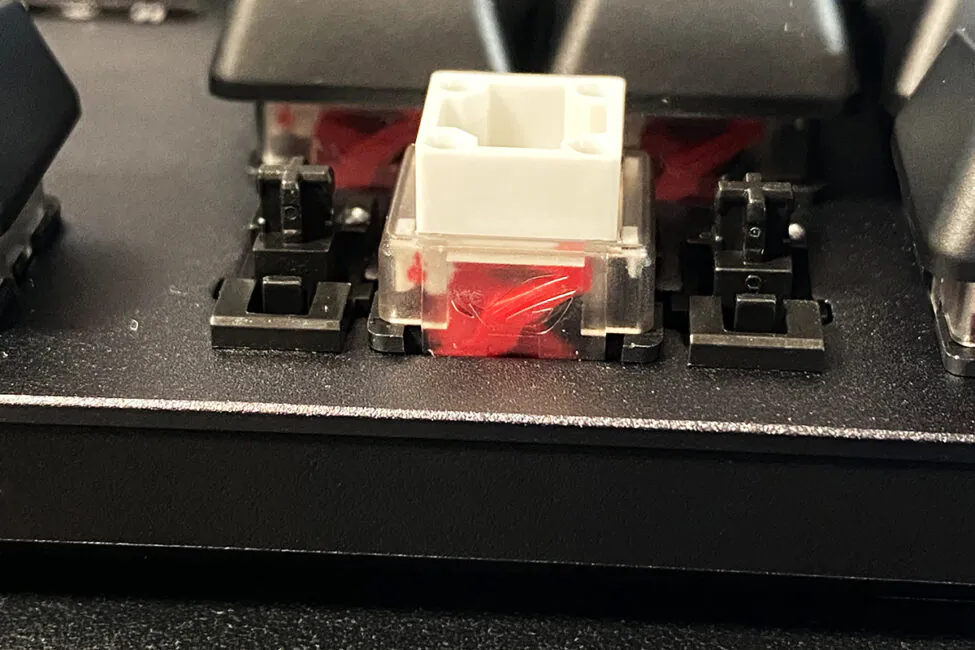

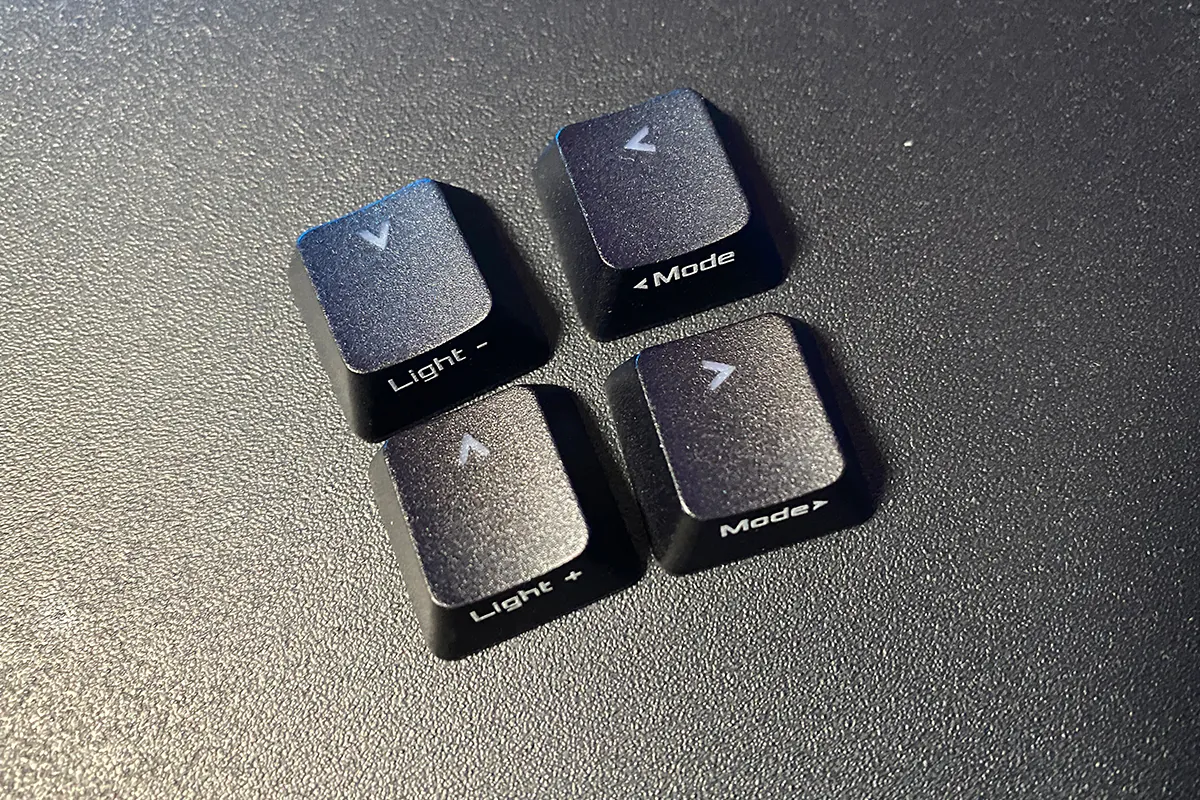

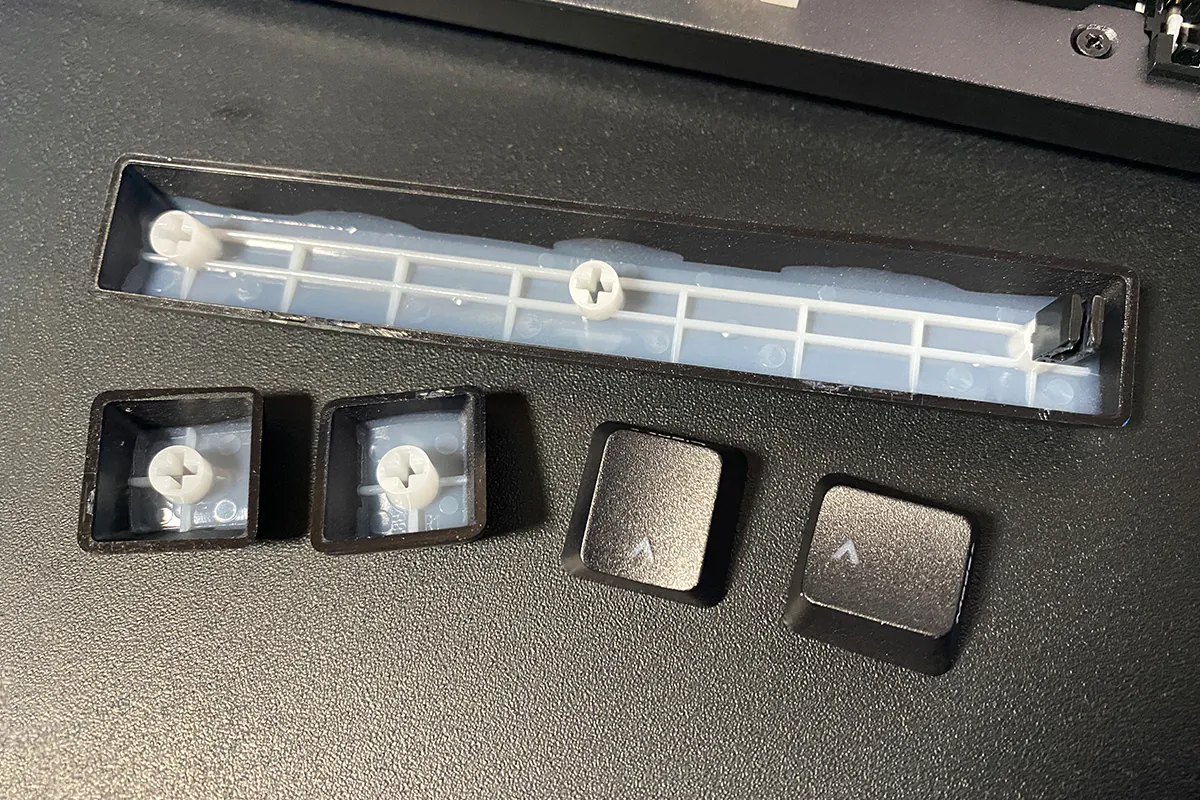
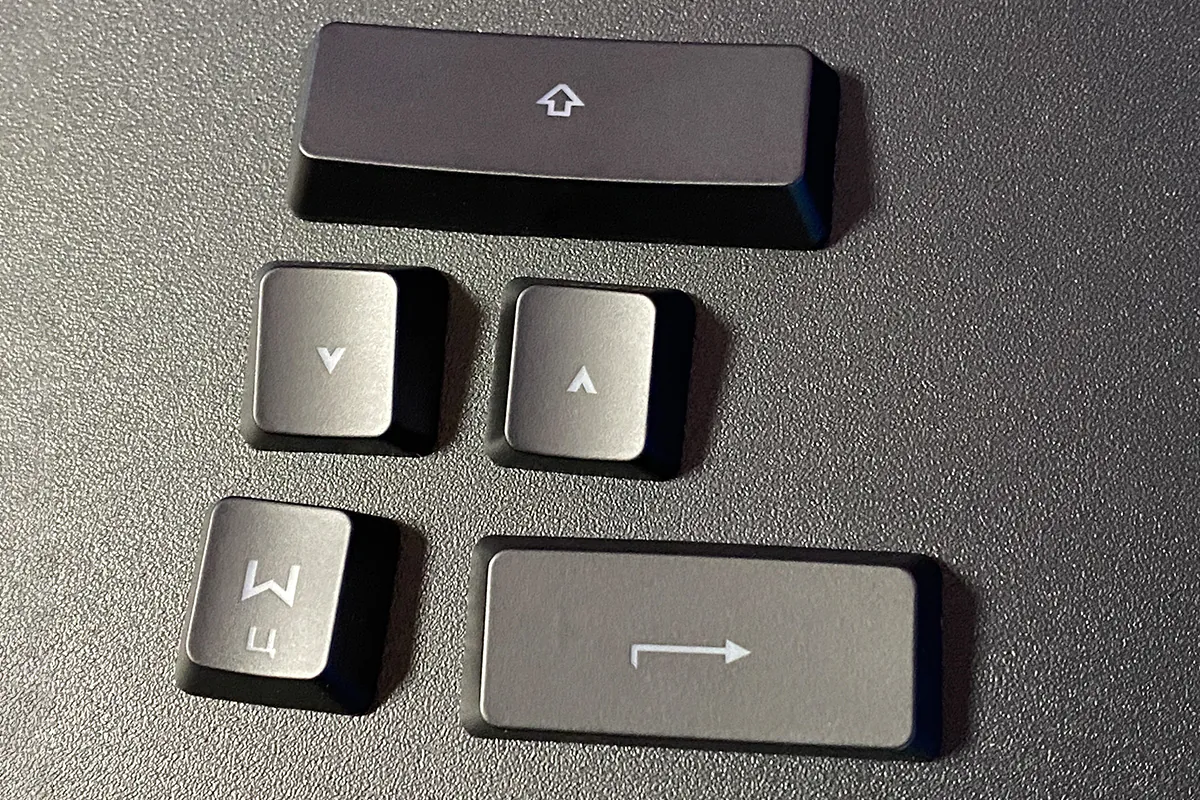

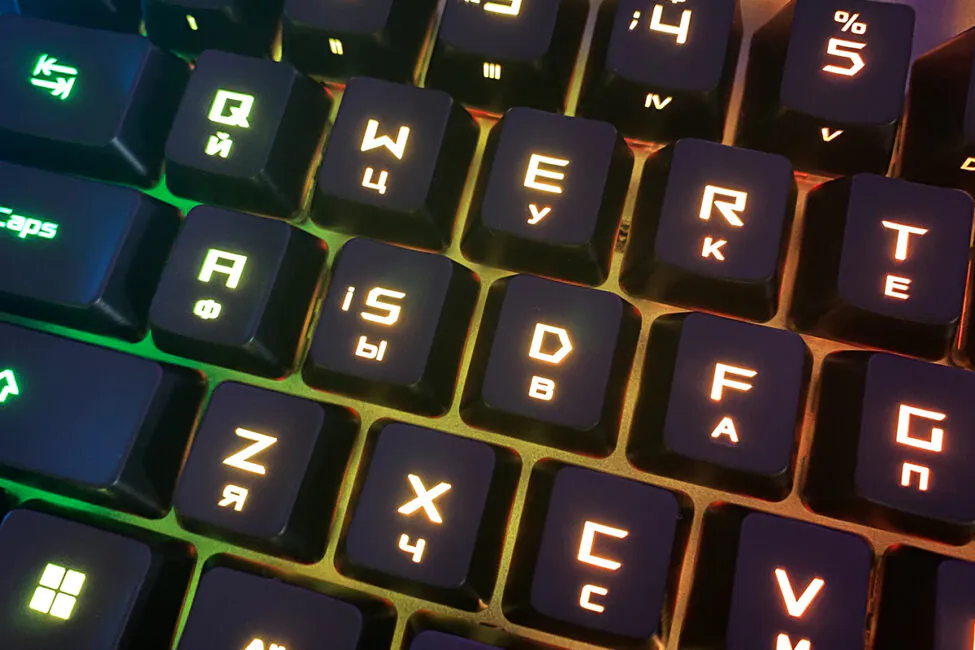
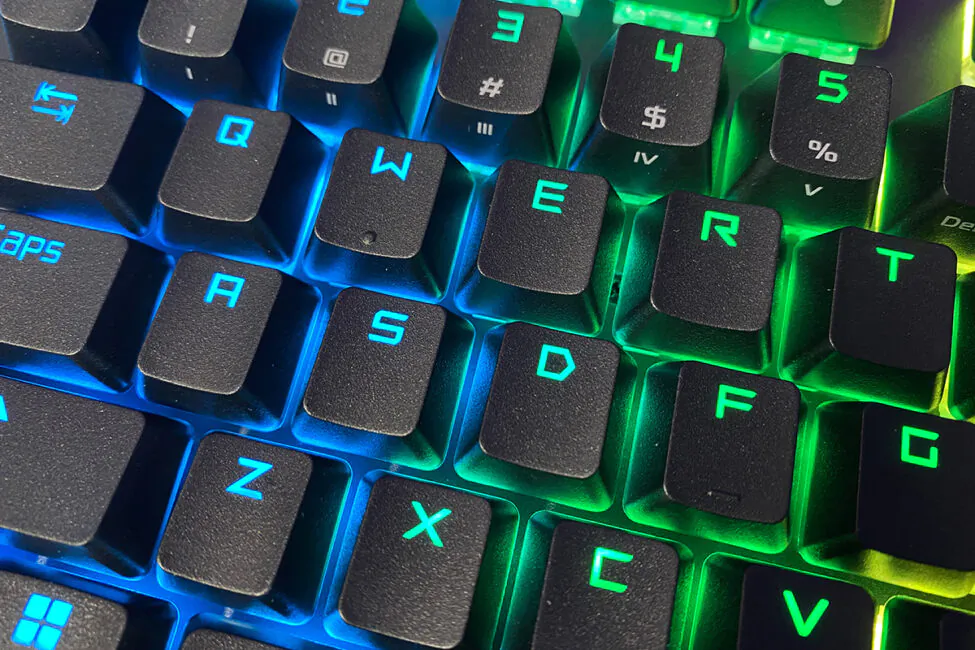
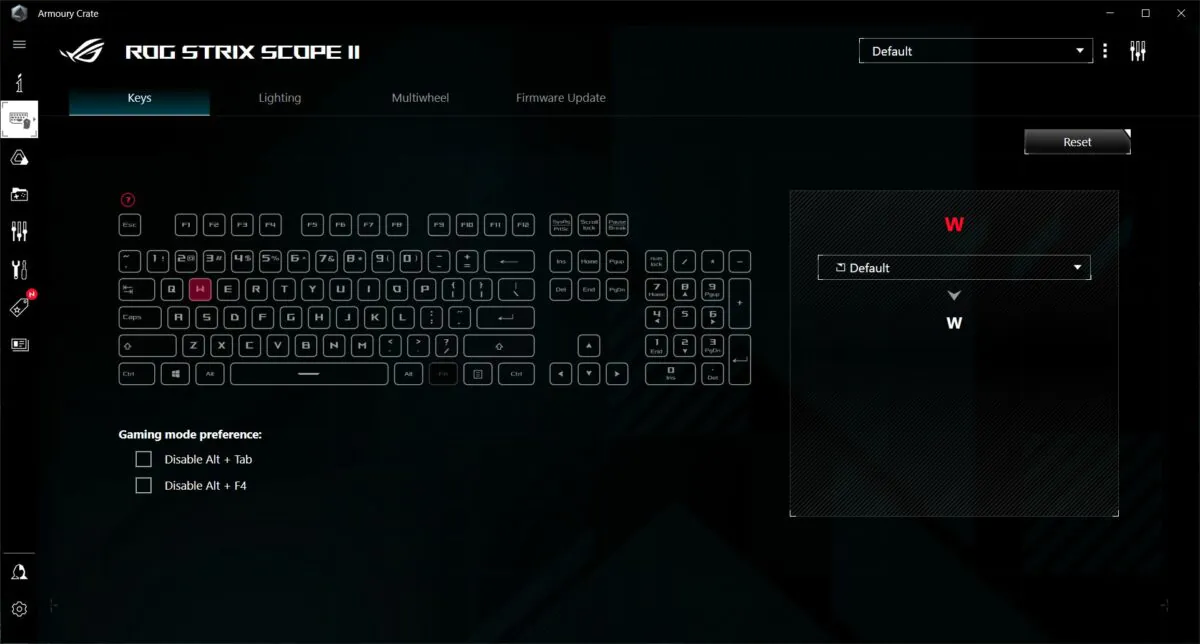
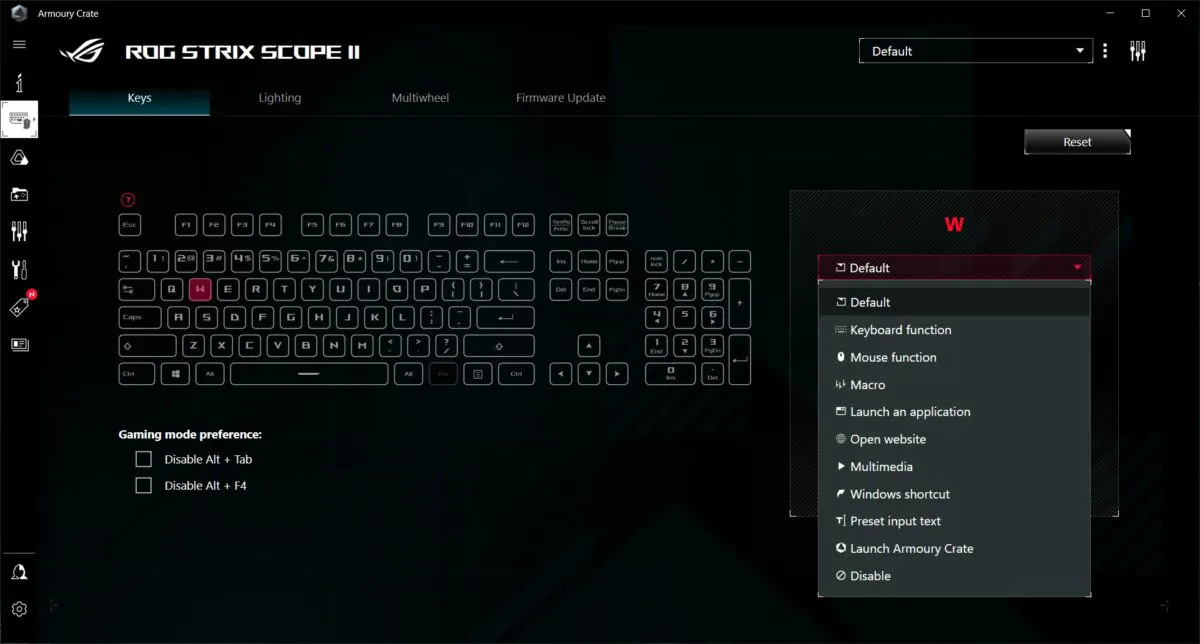
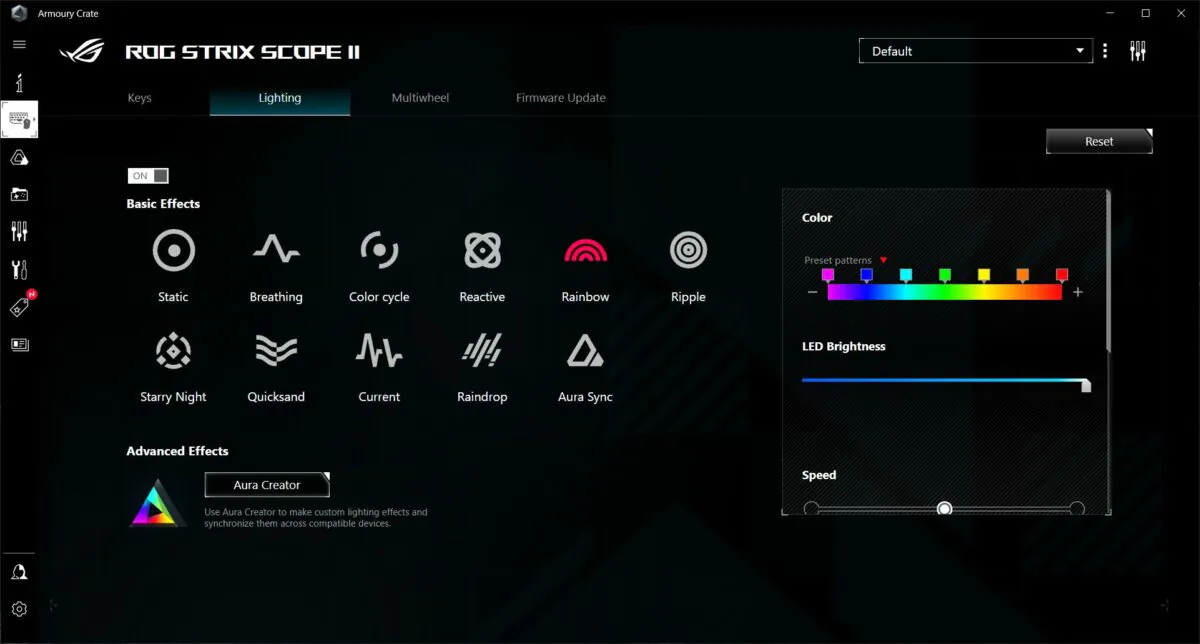
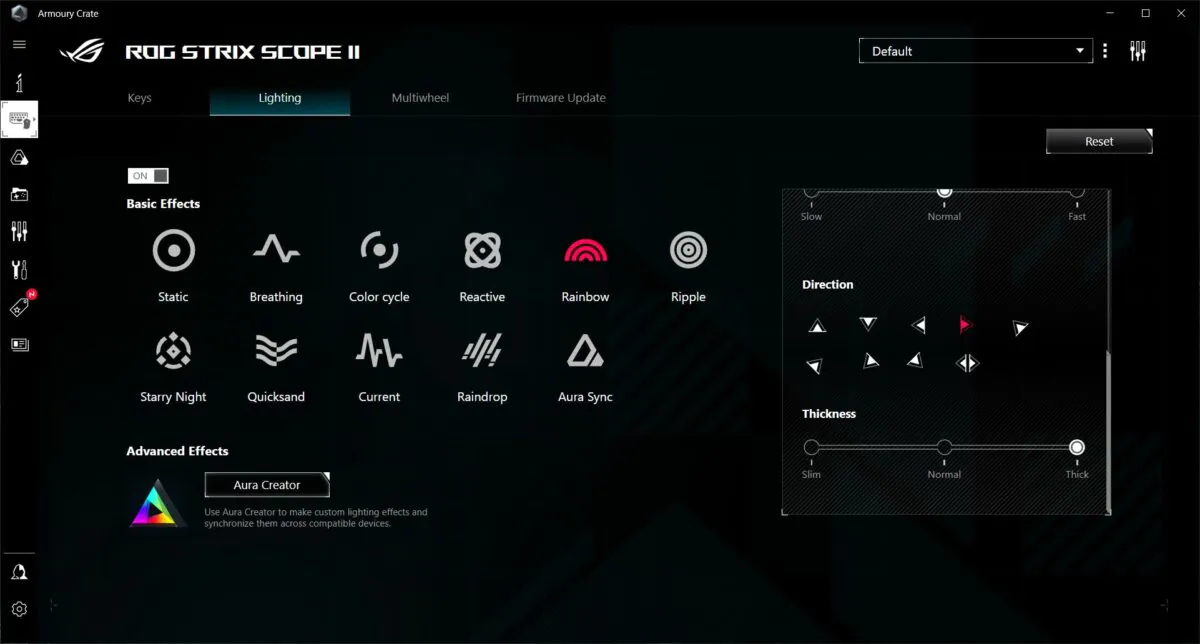
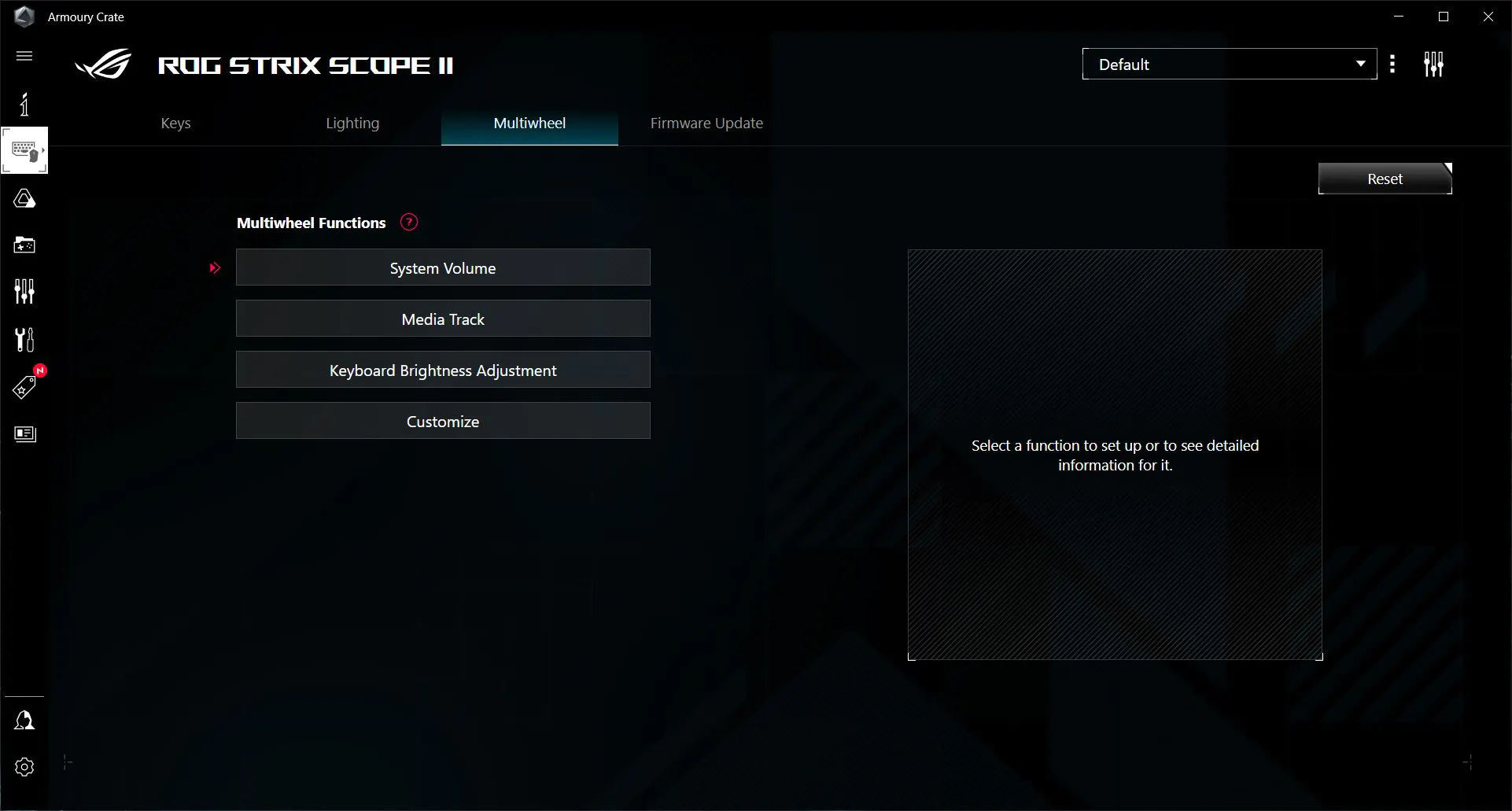
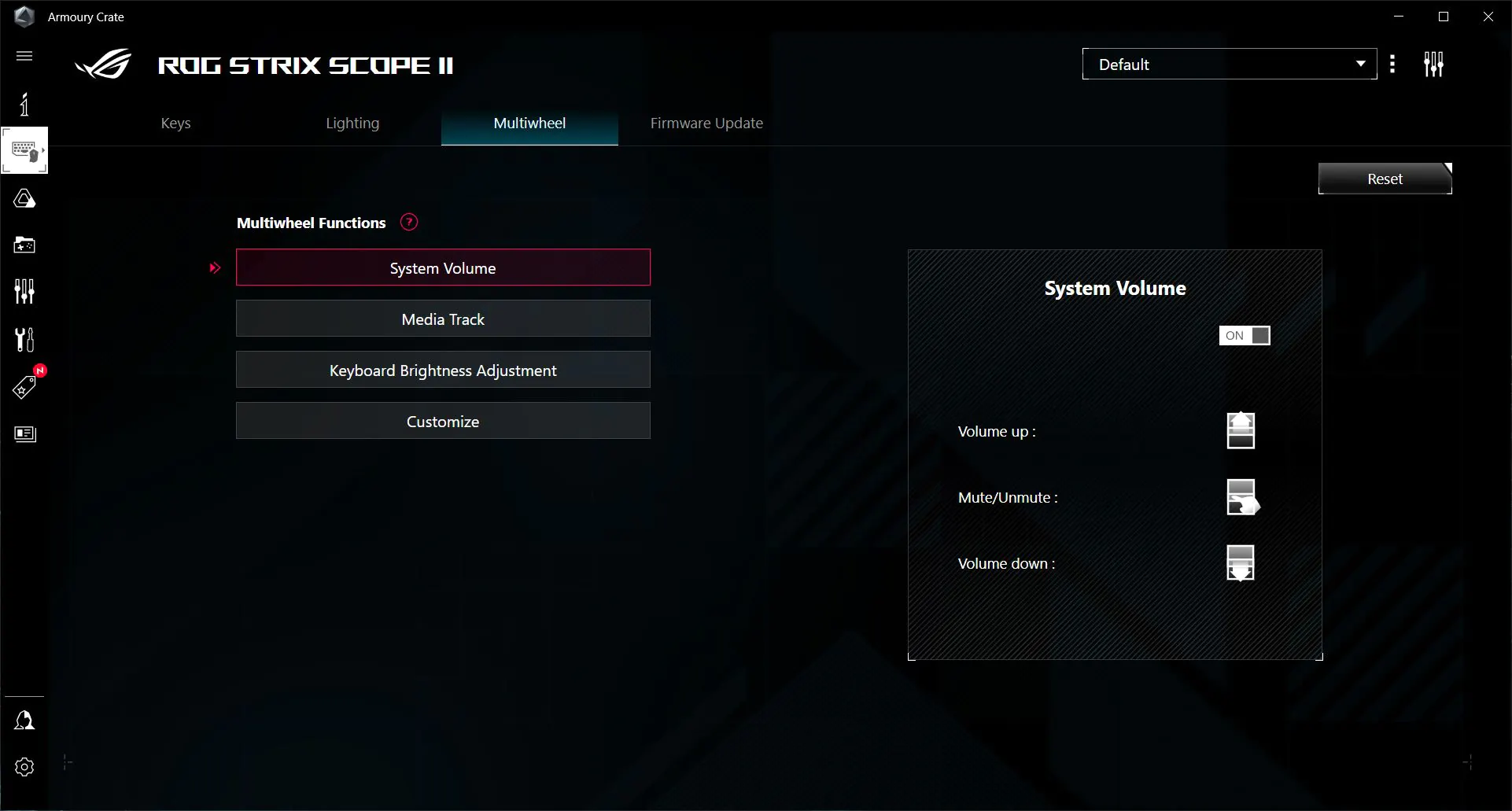
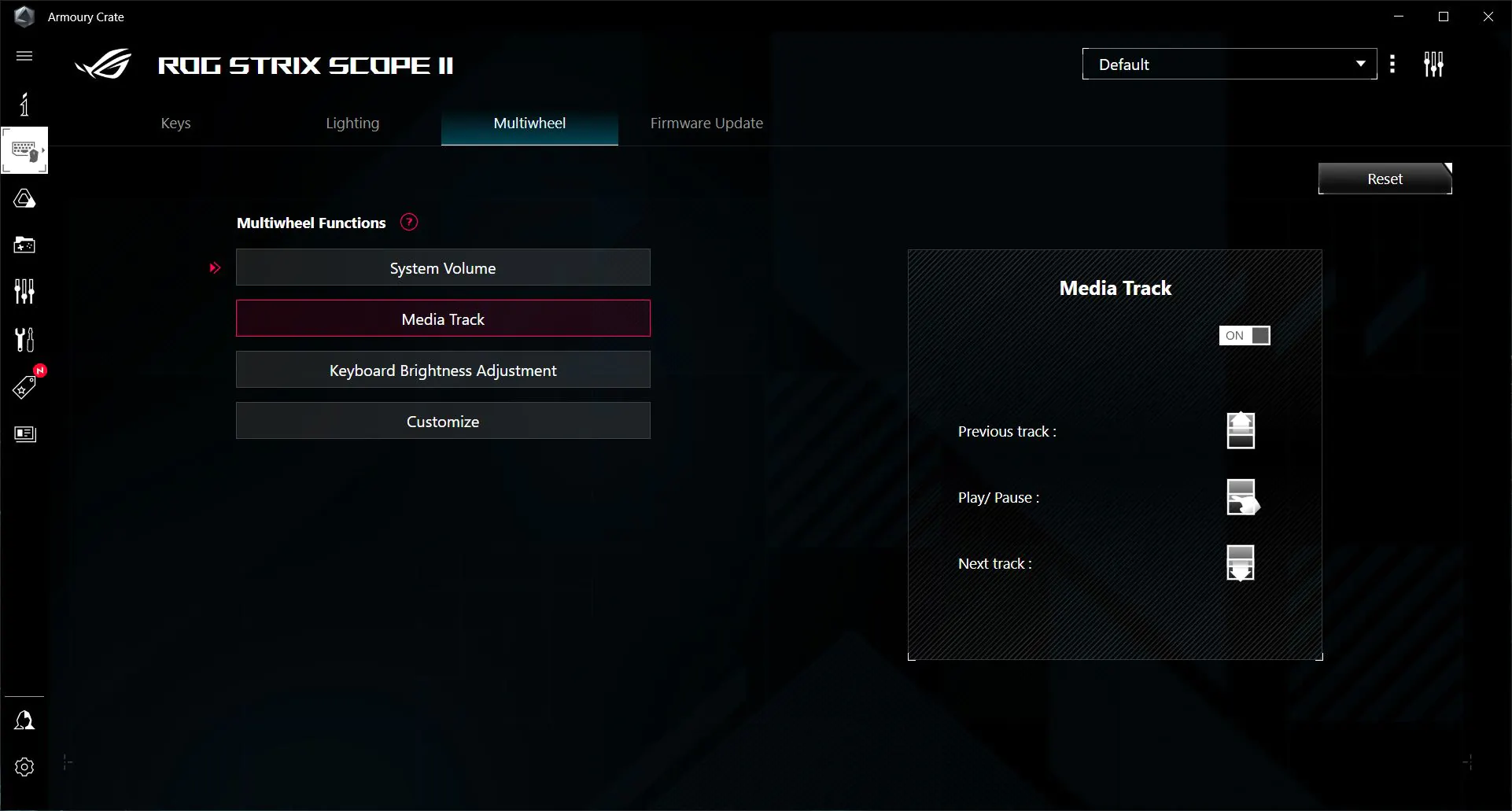


Thanks for the in depth review!
Very well put review, thanks!